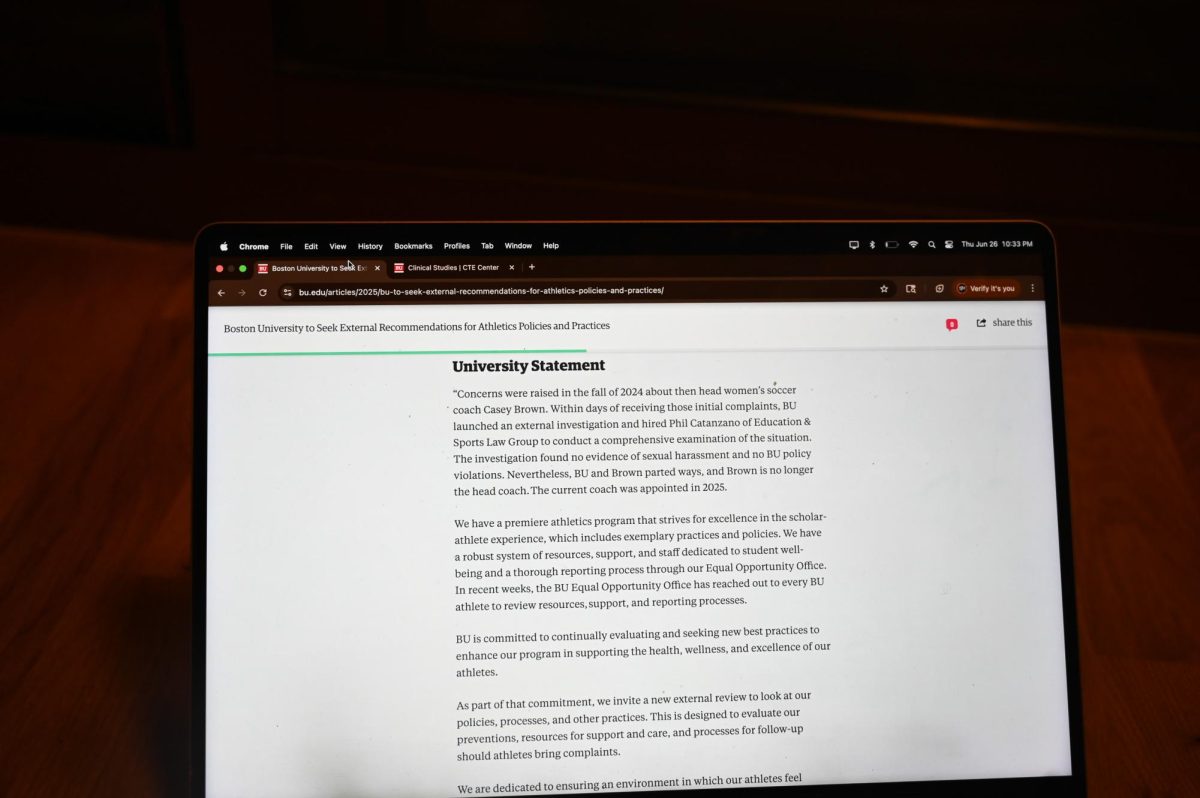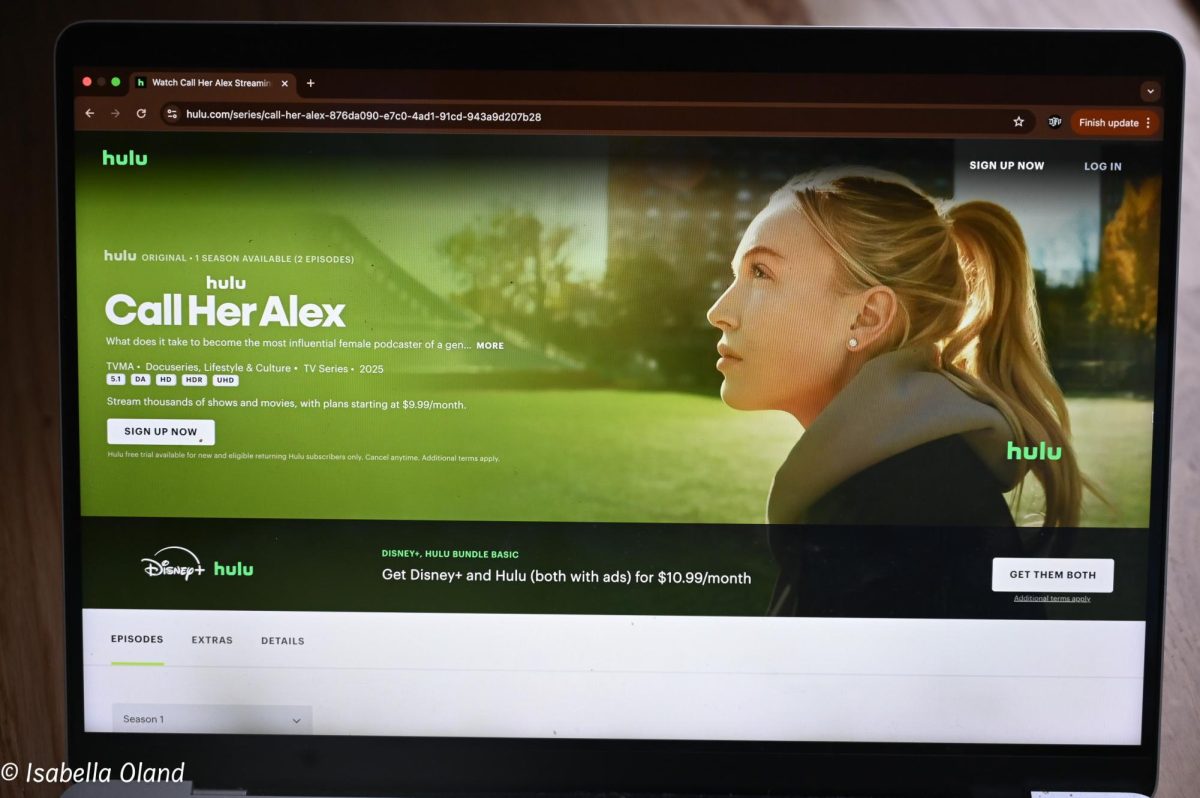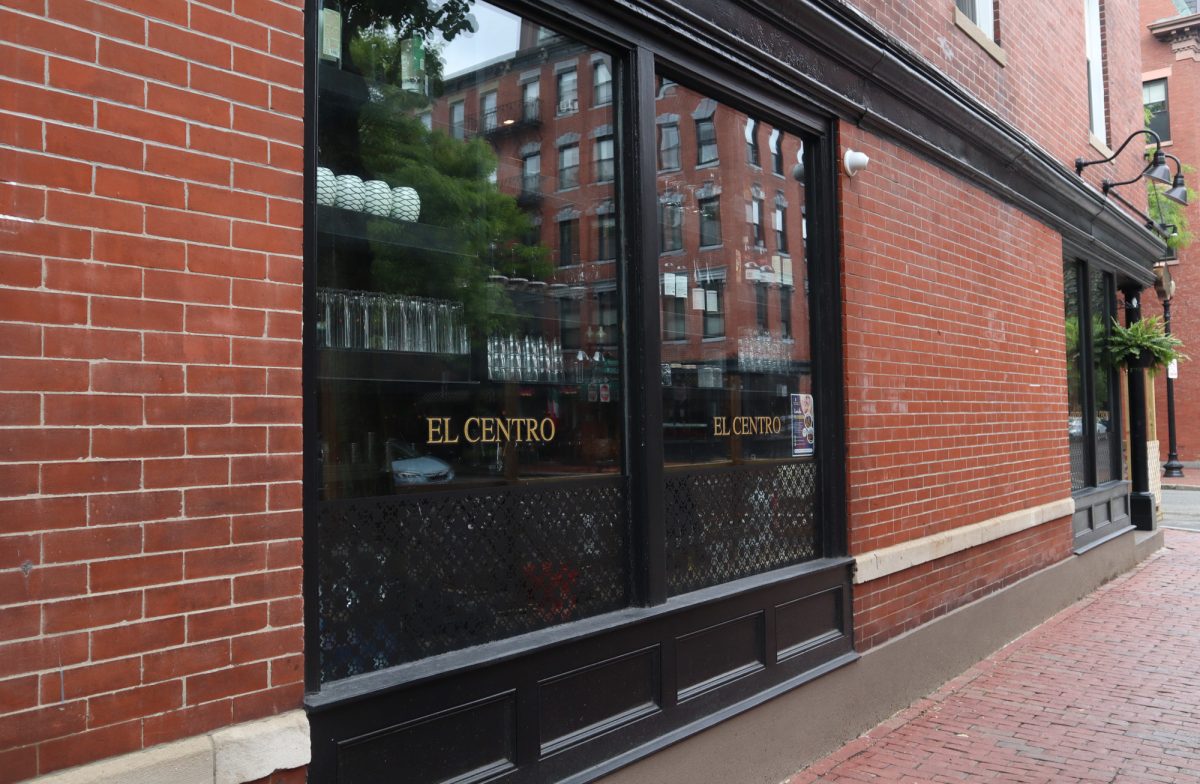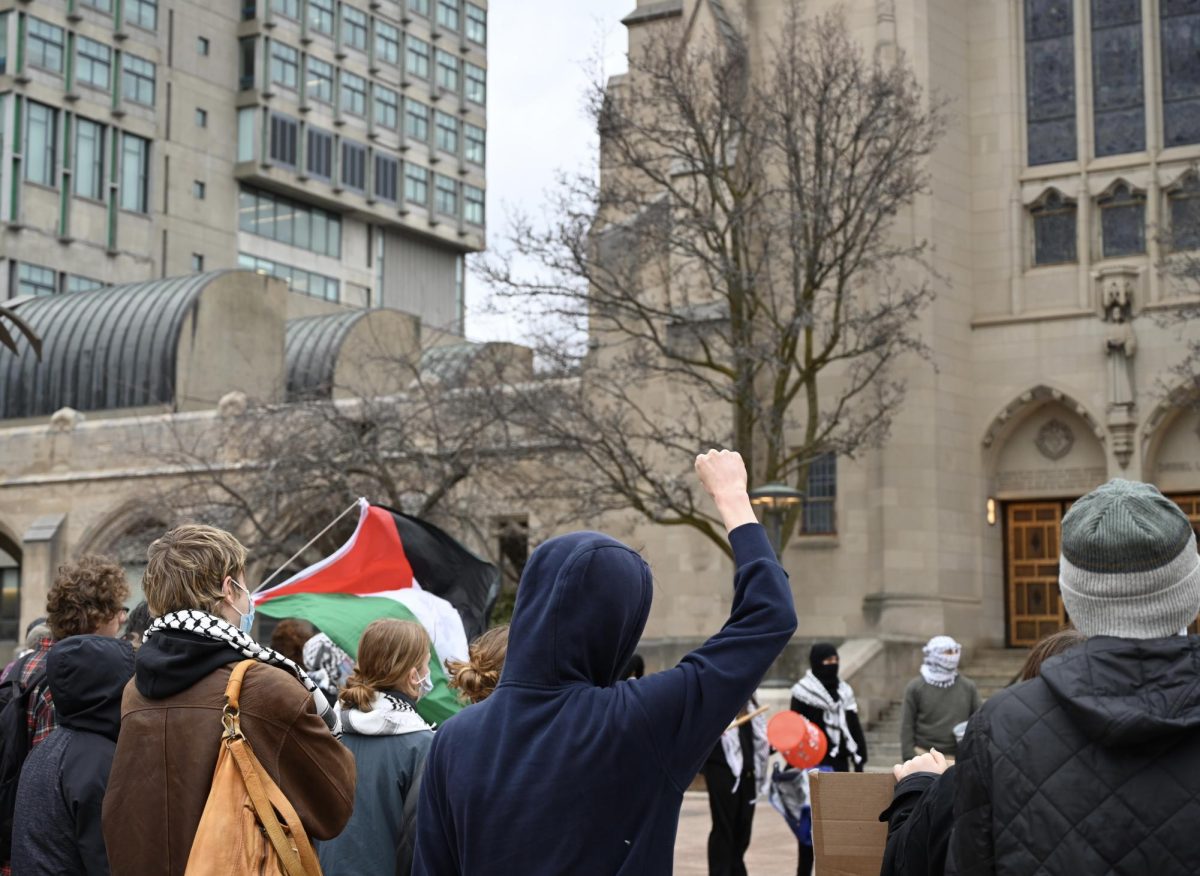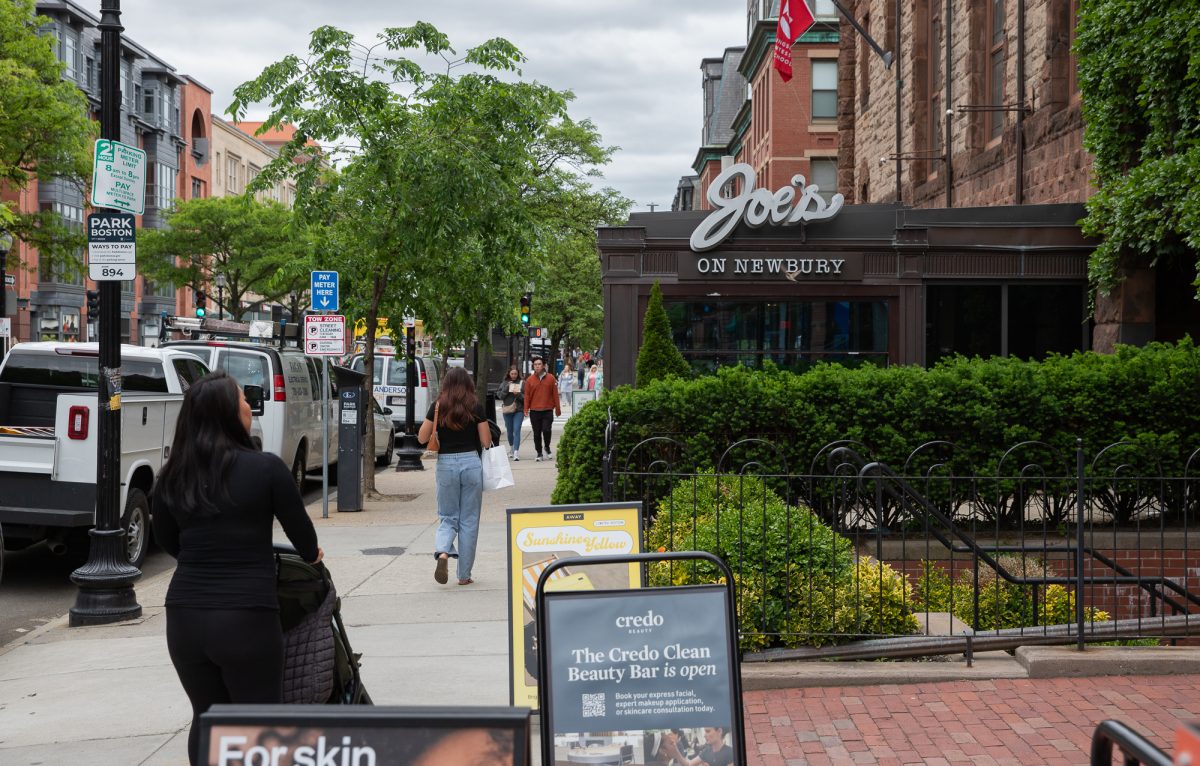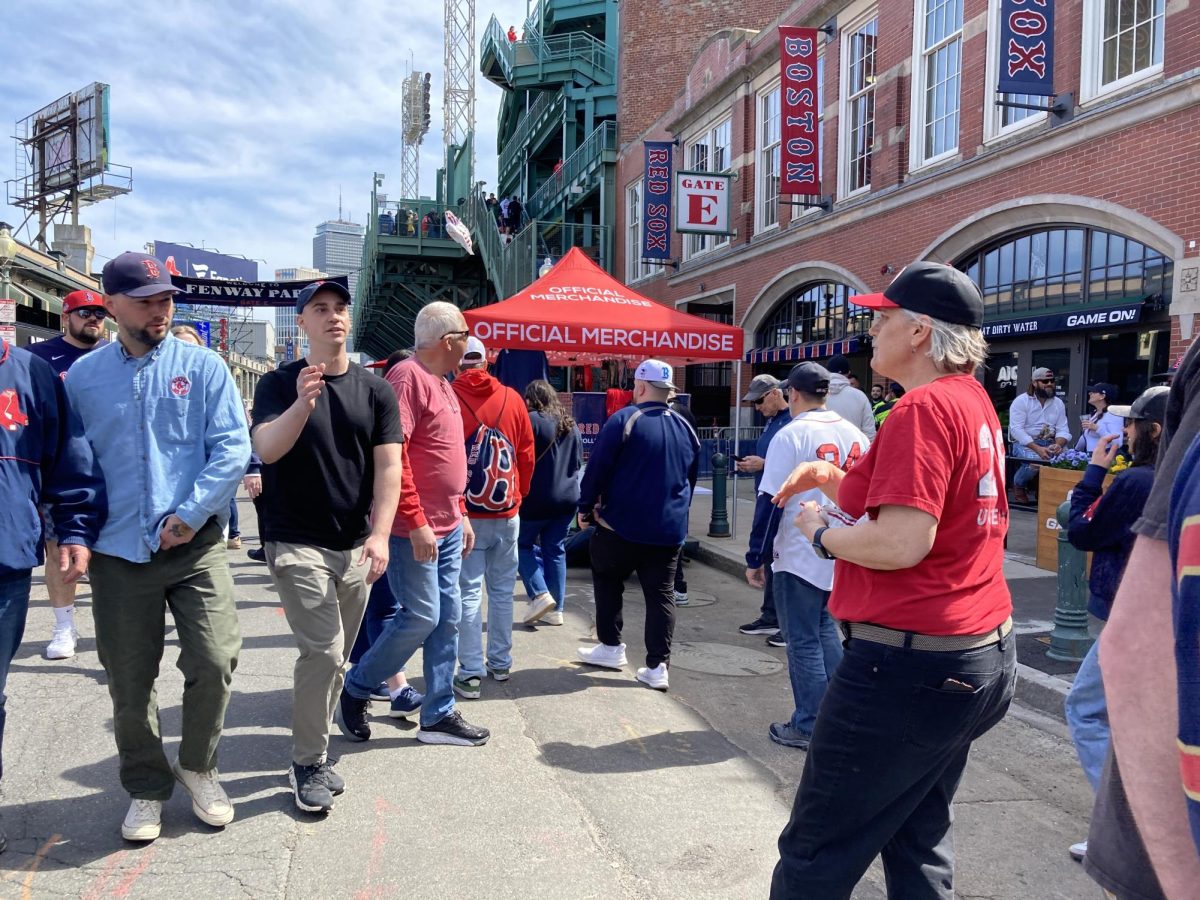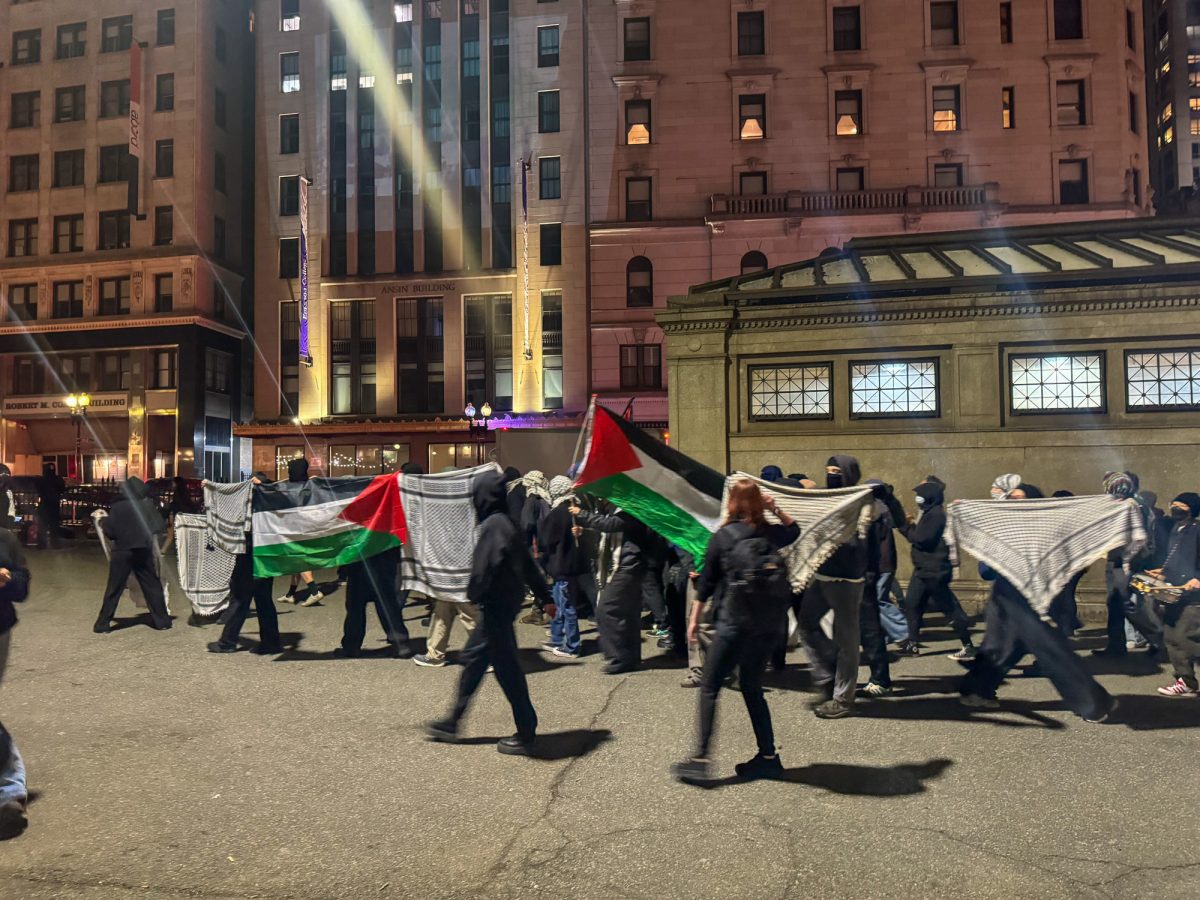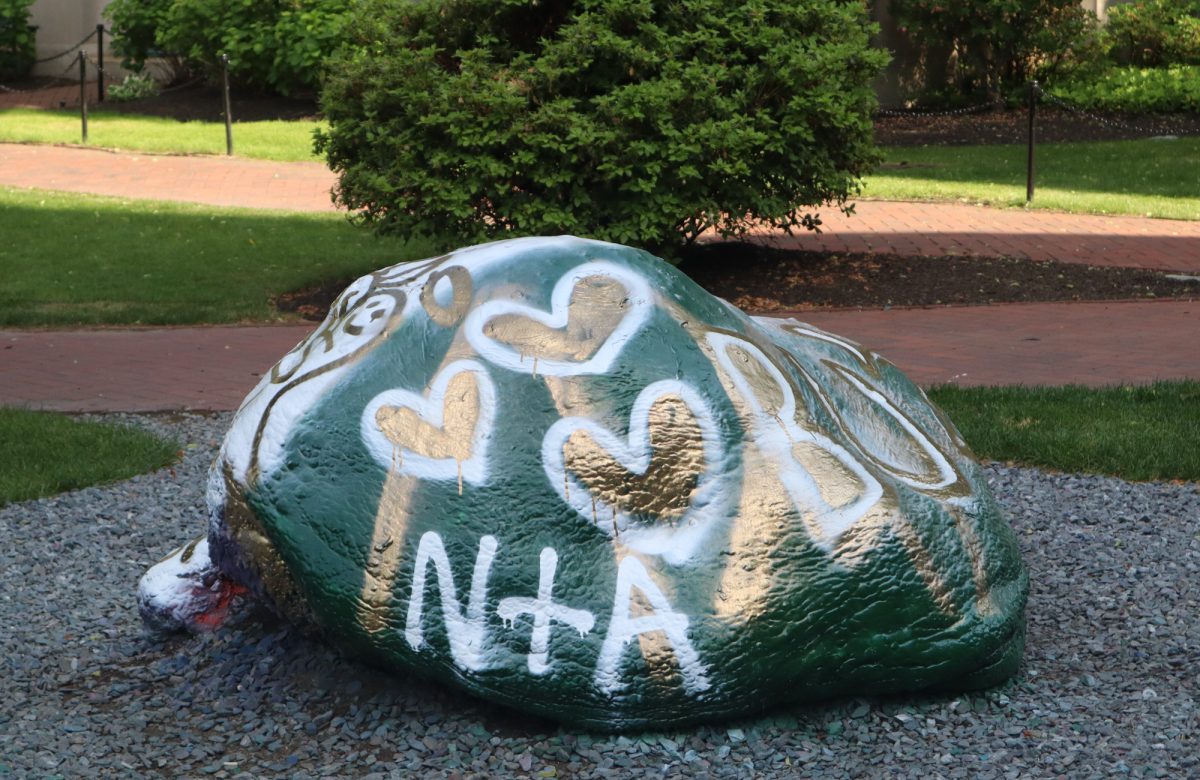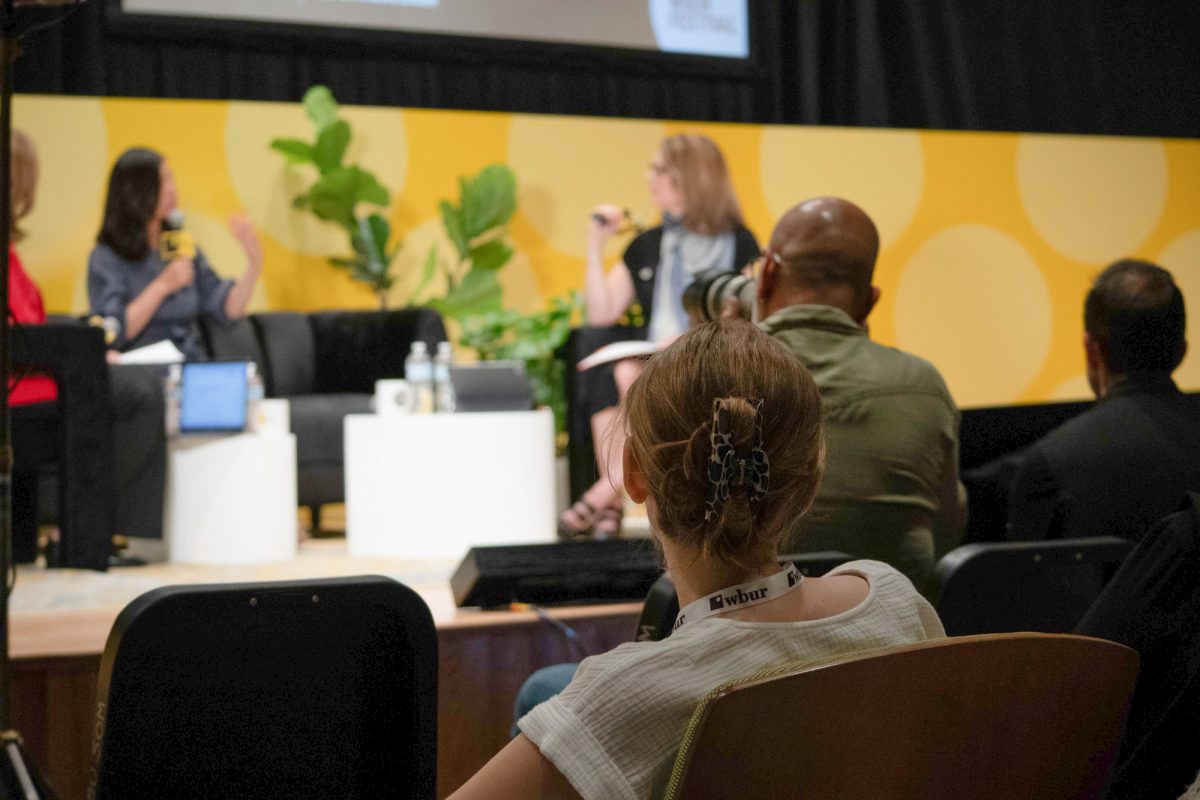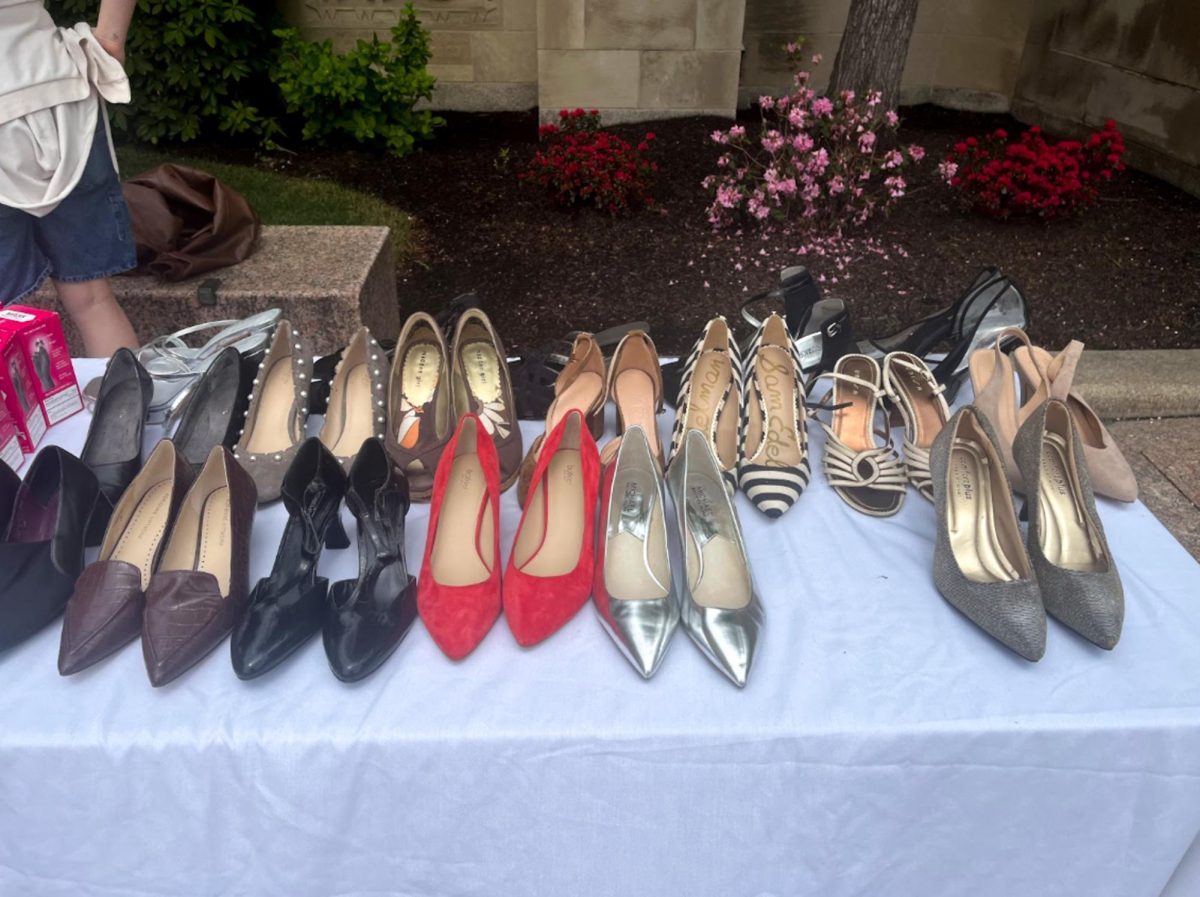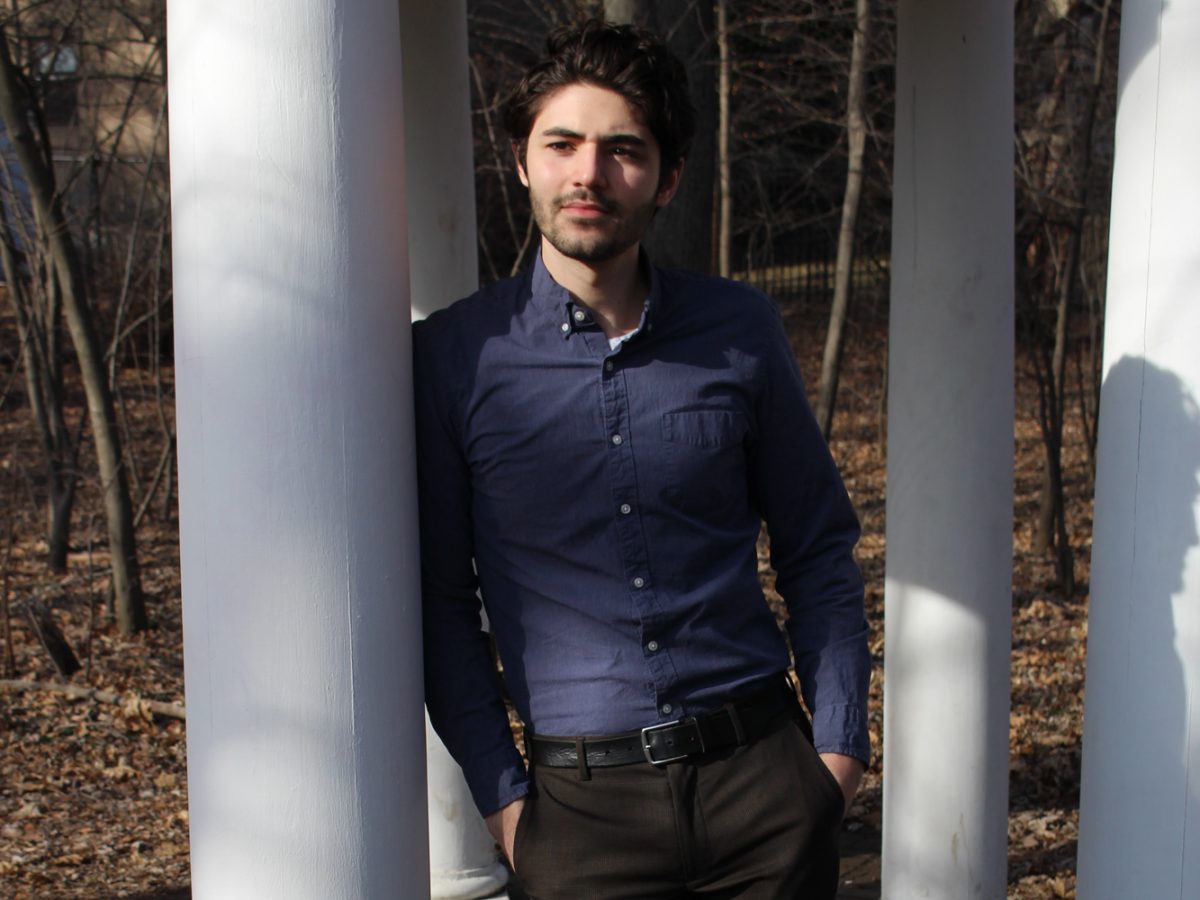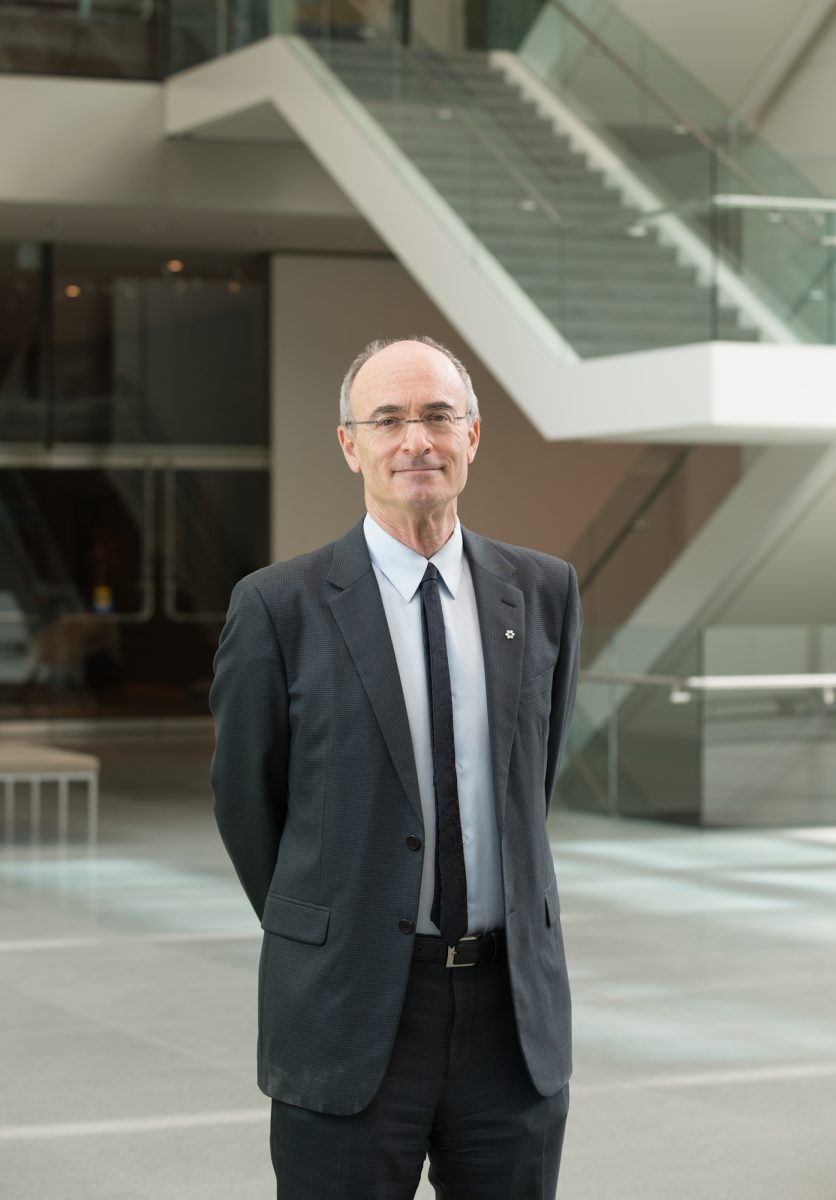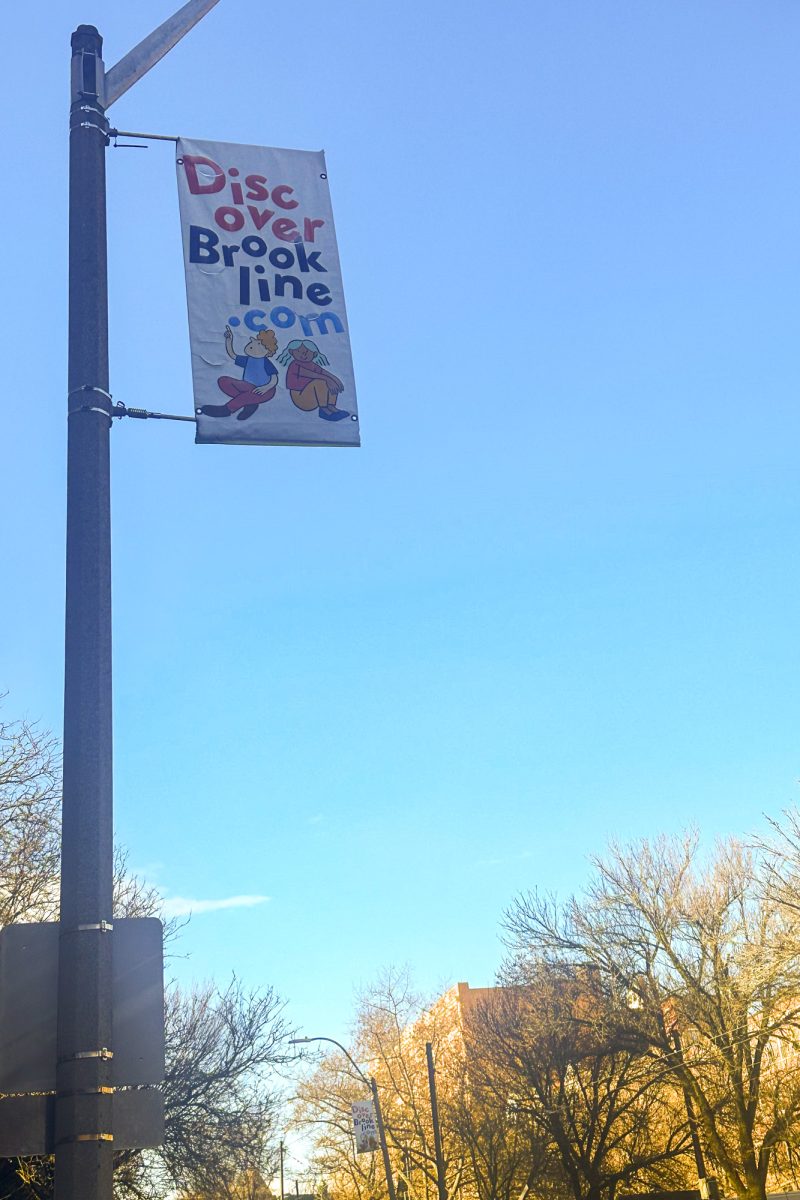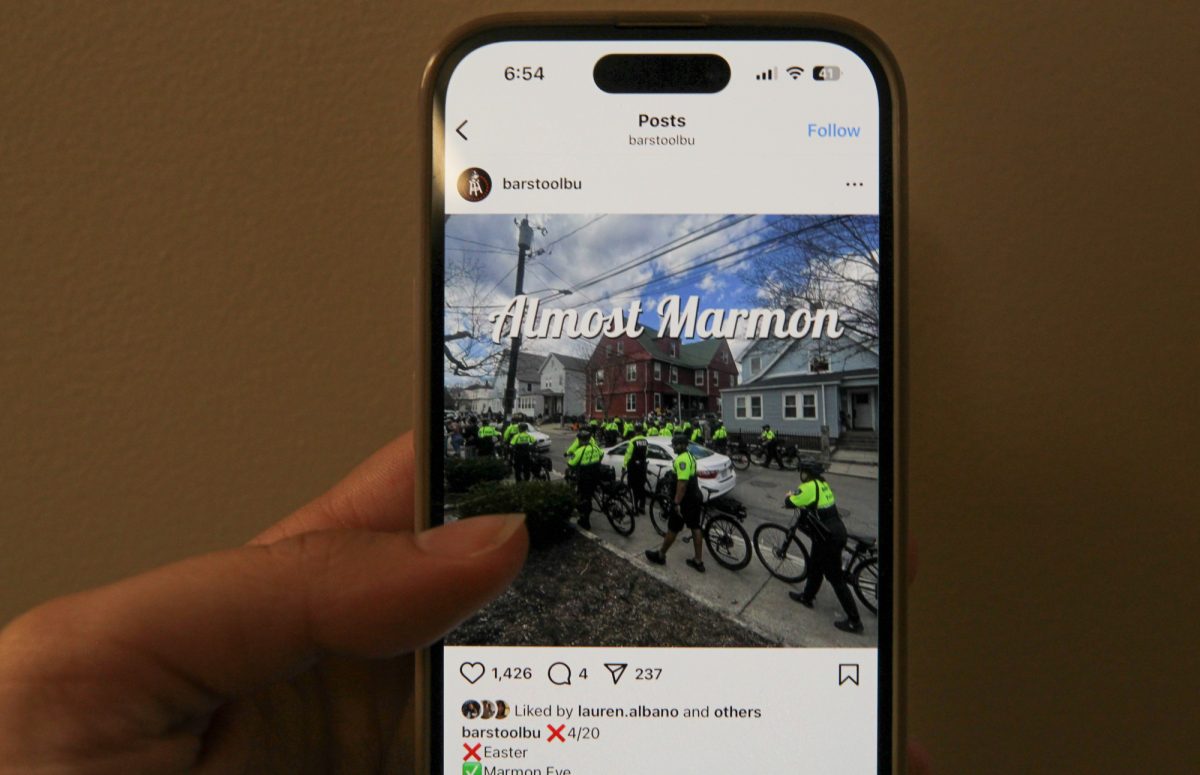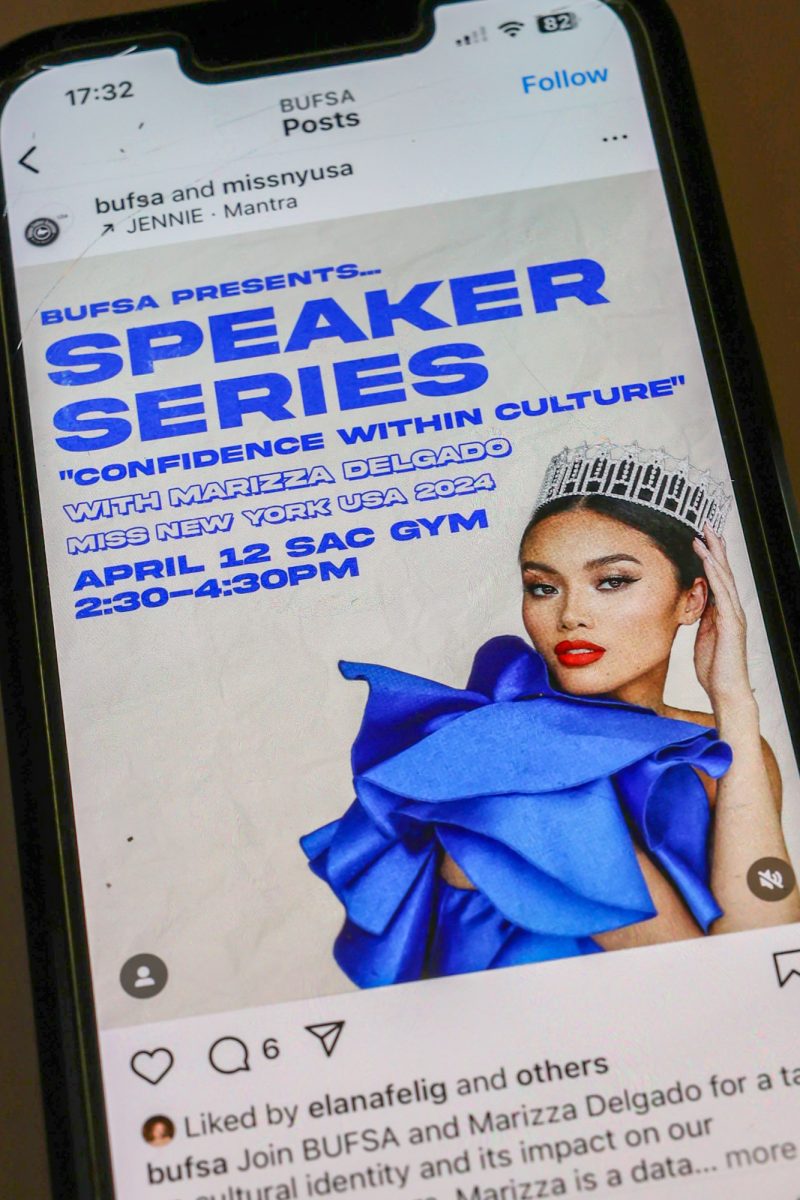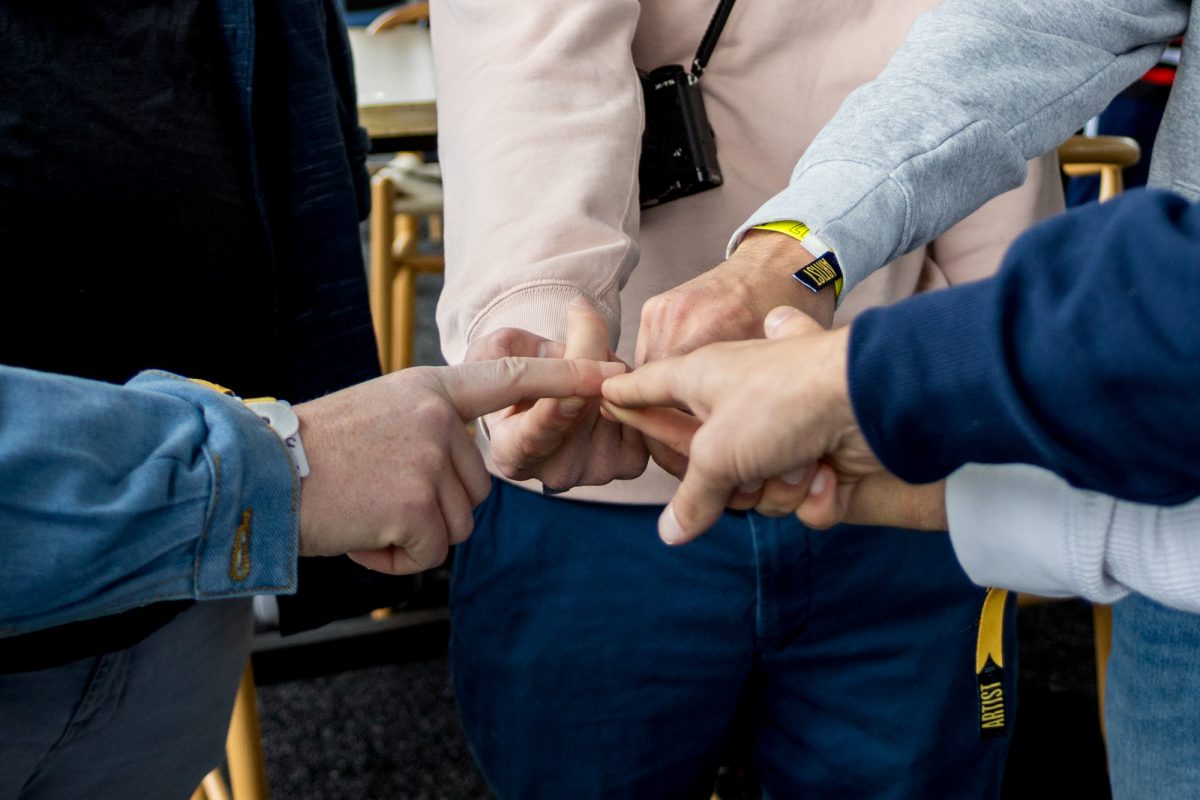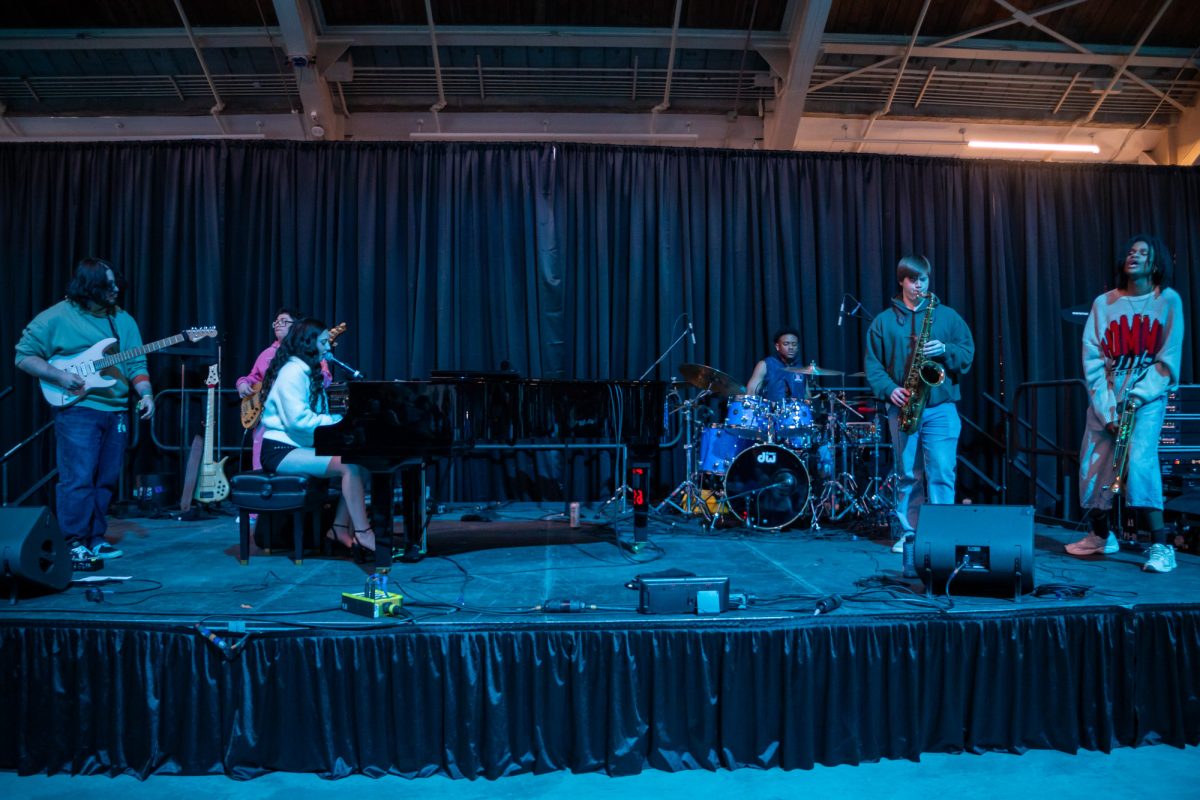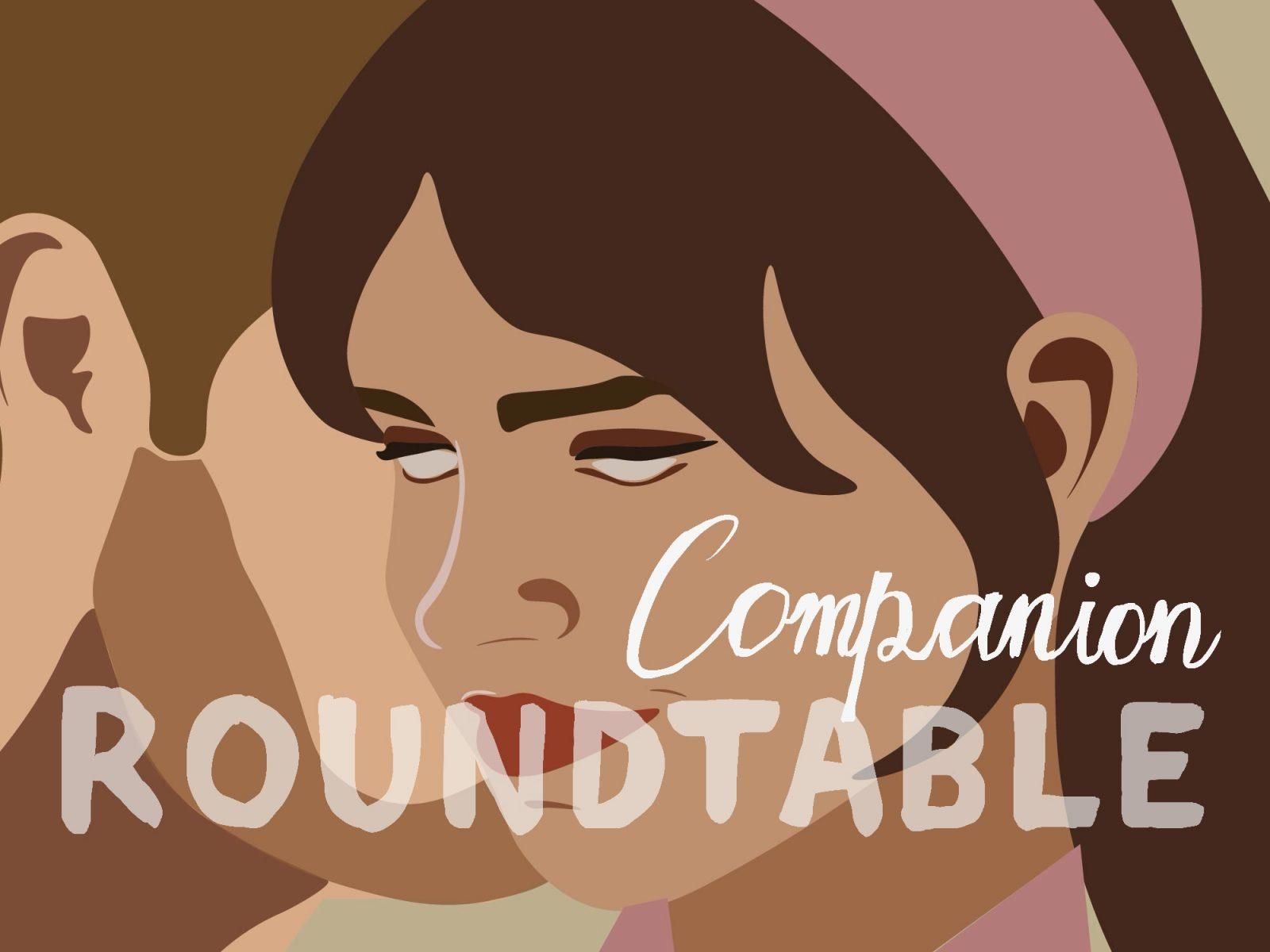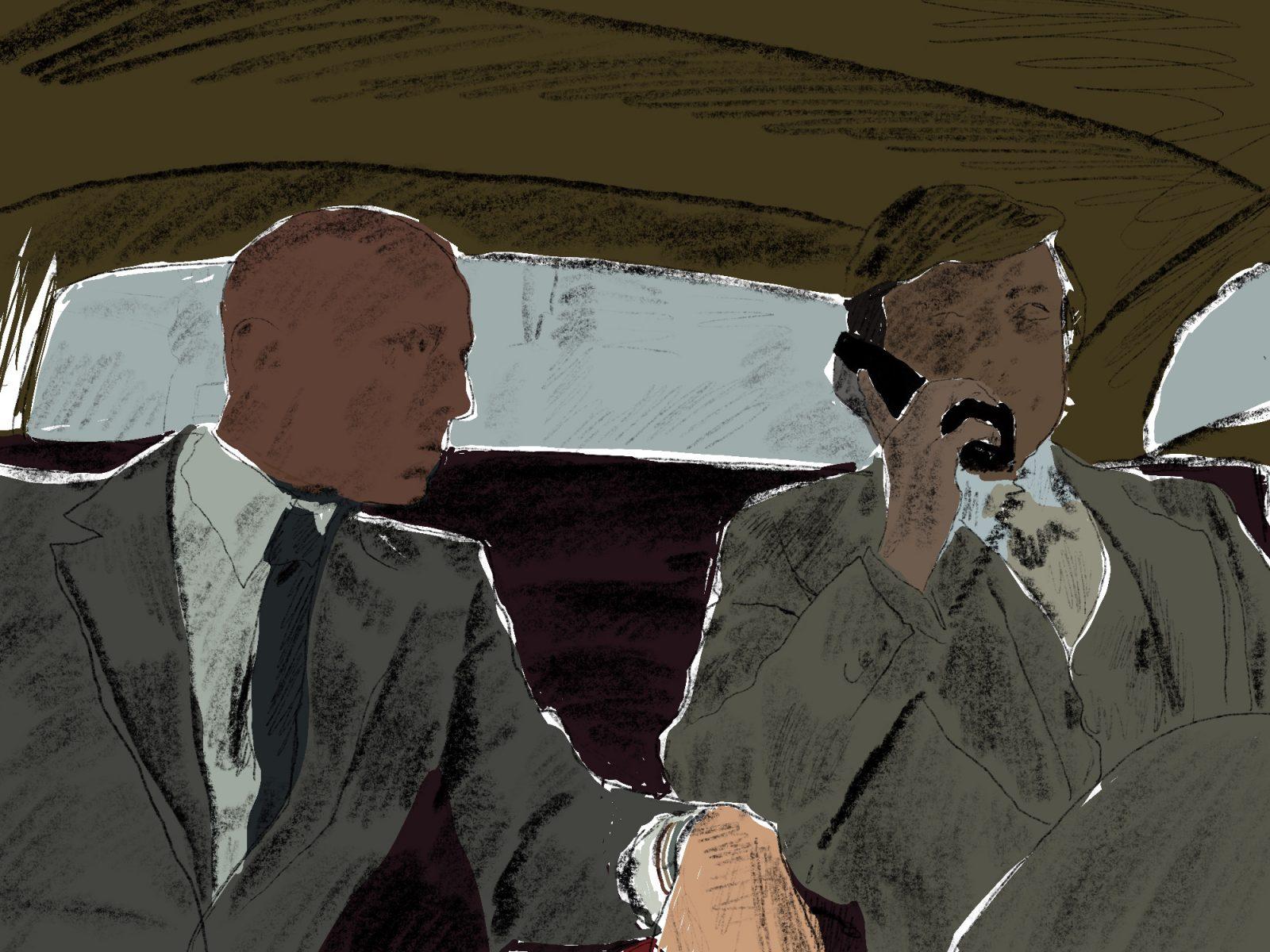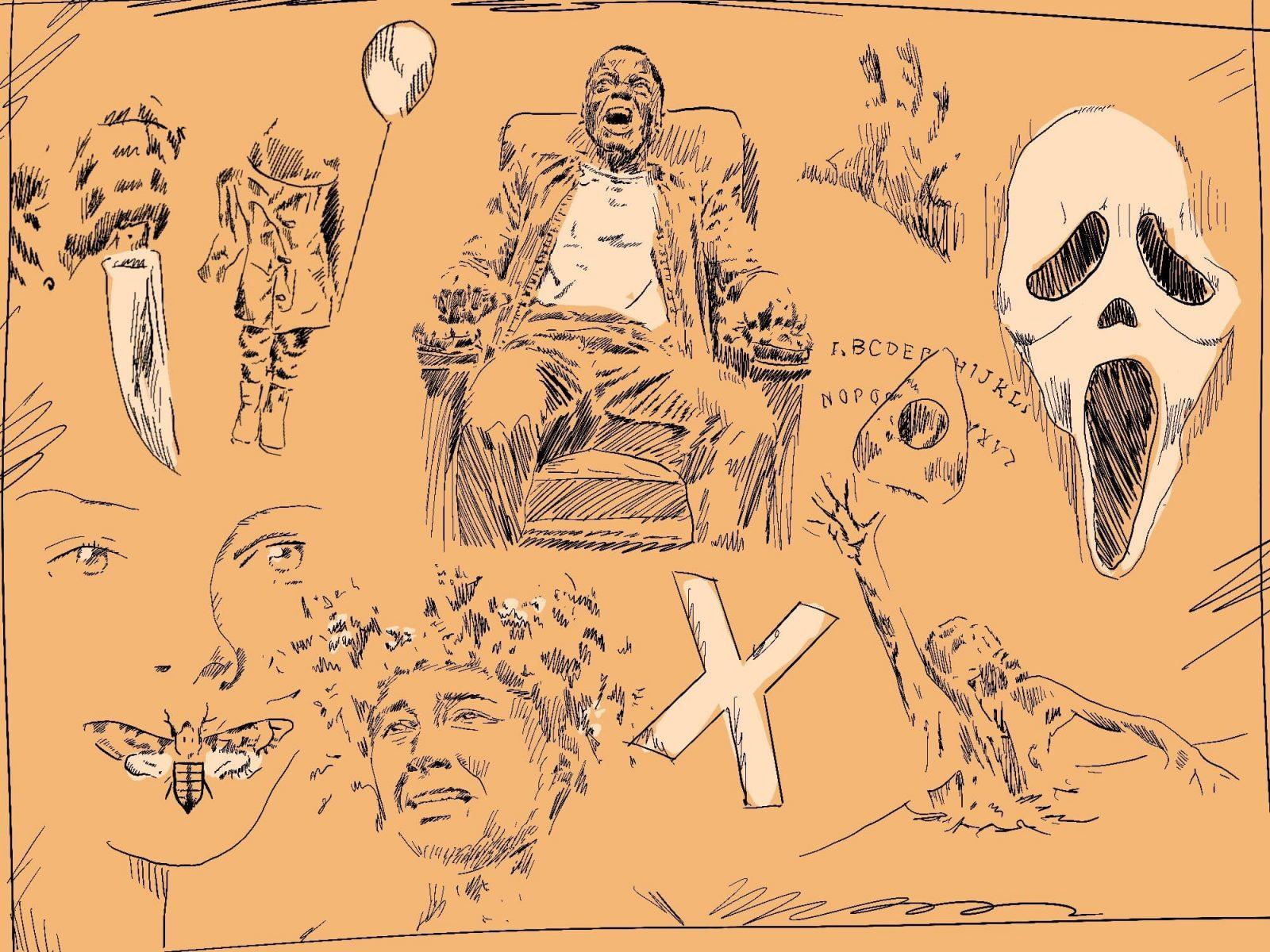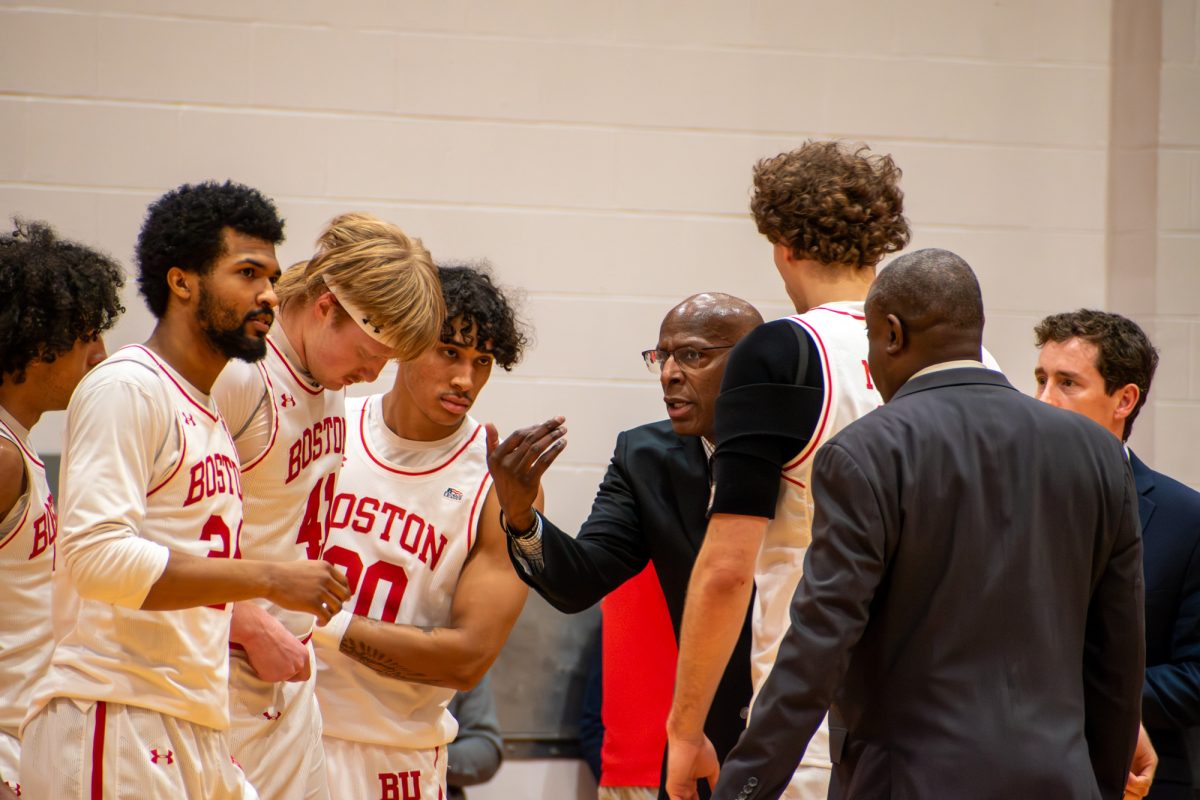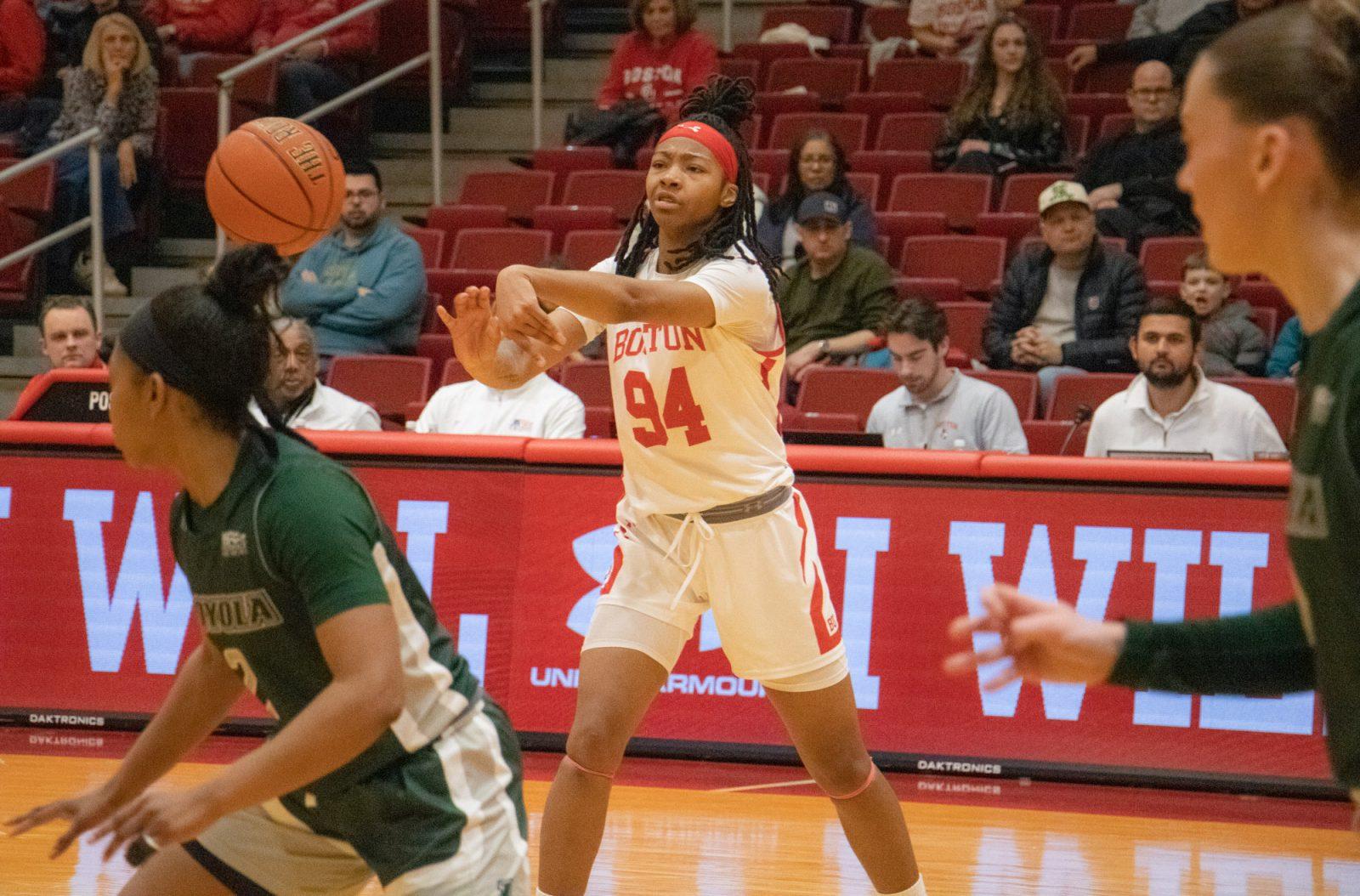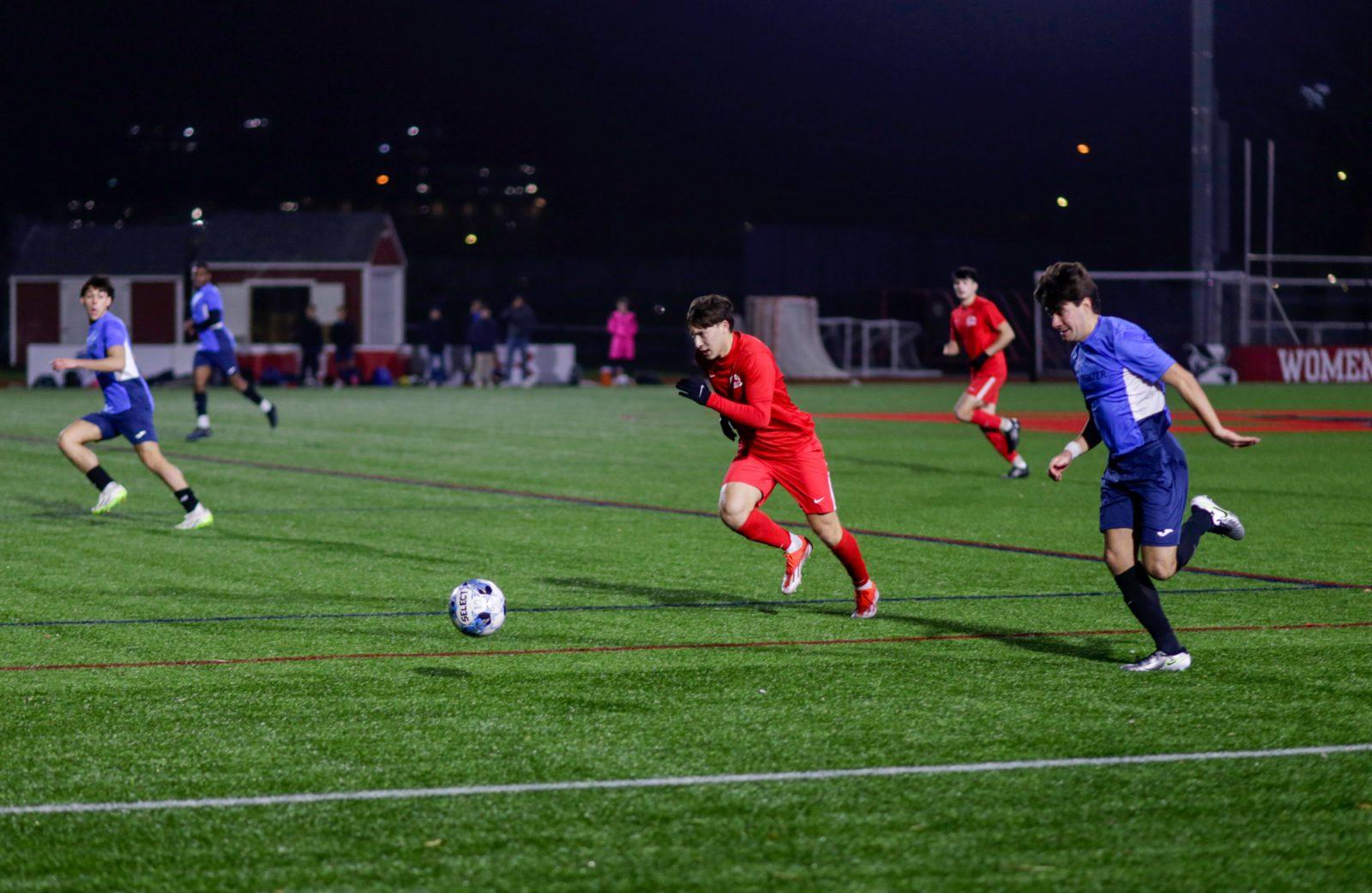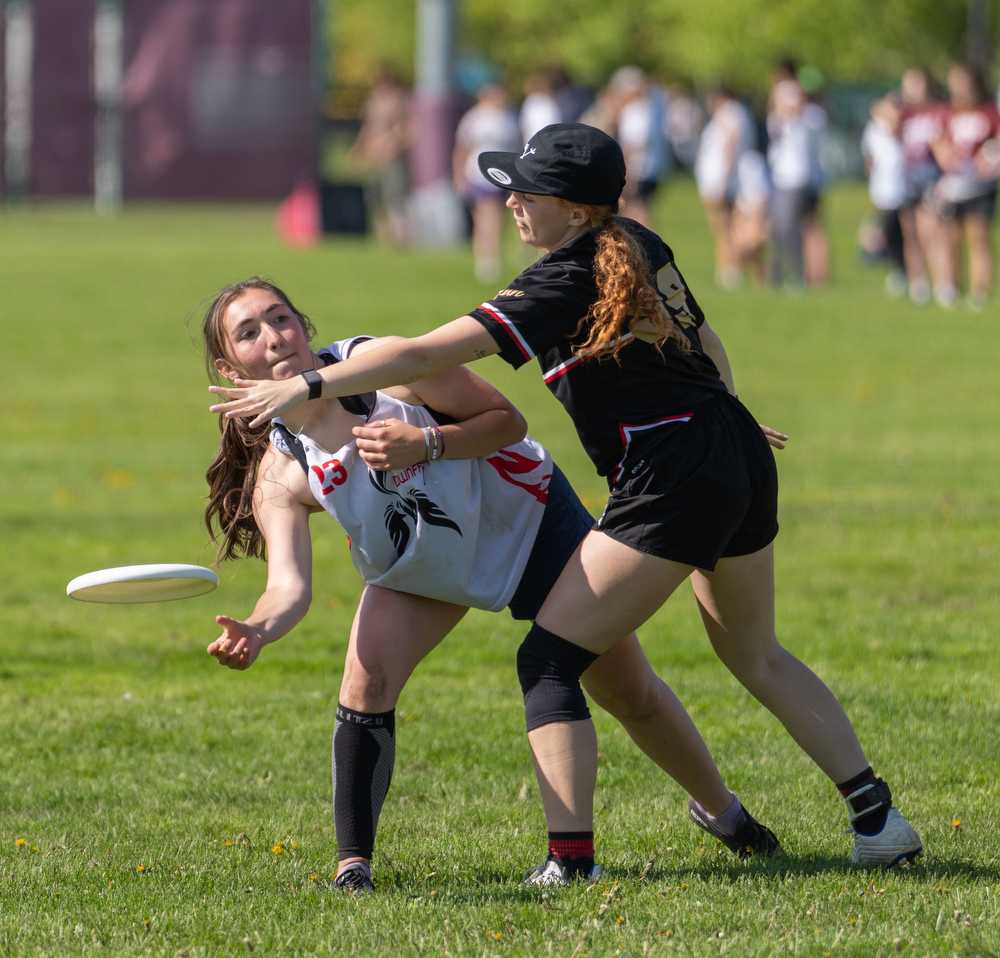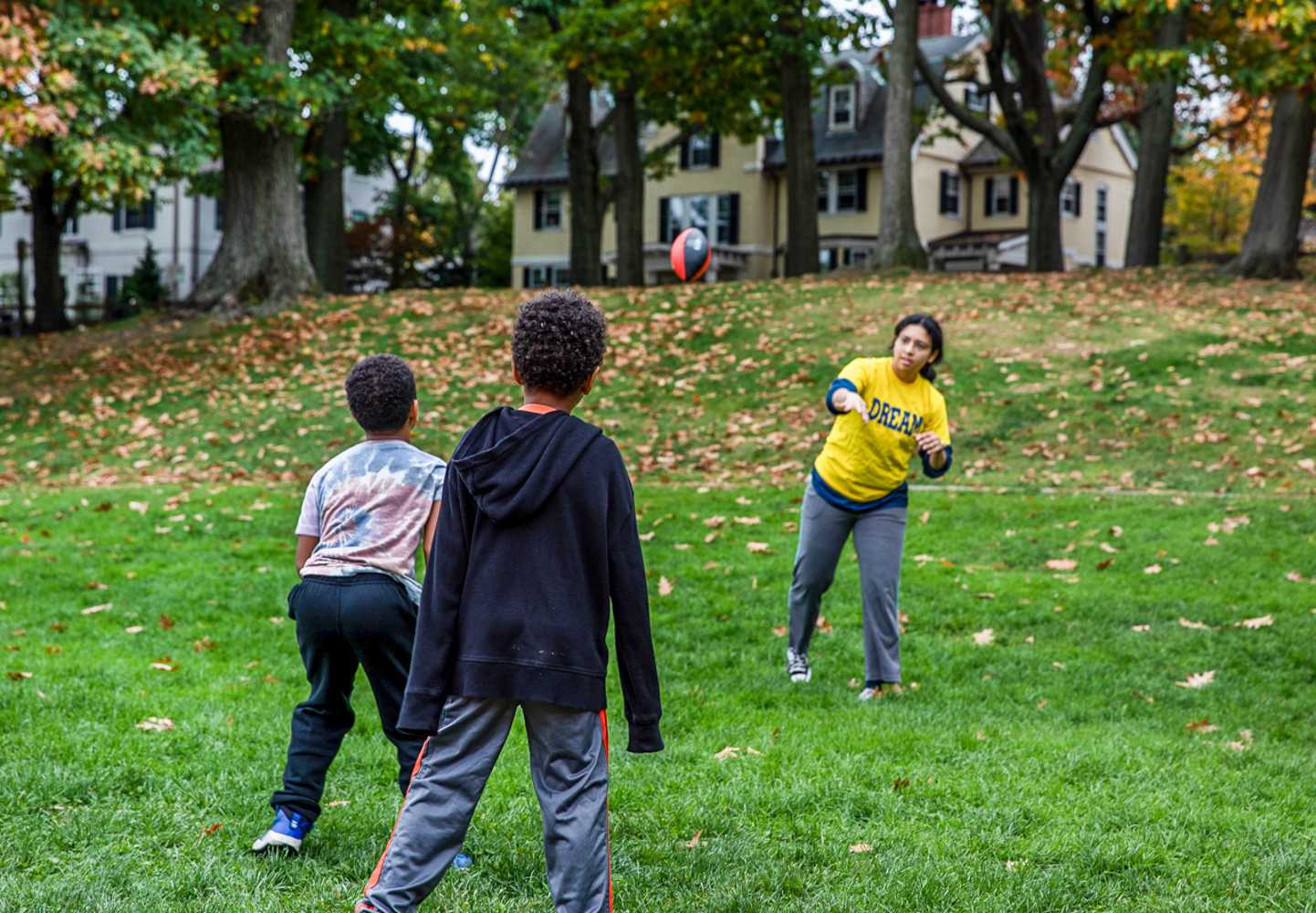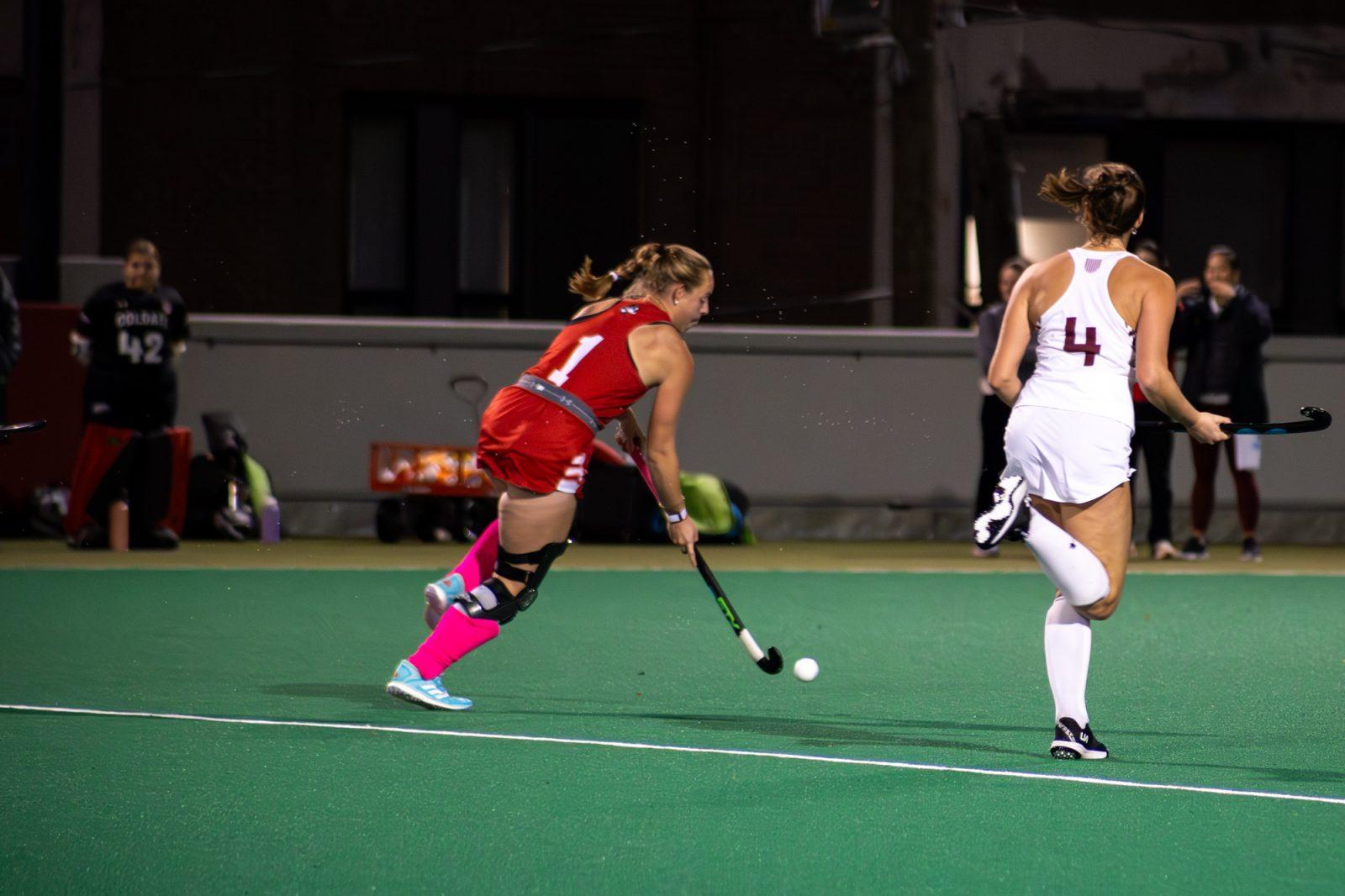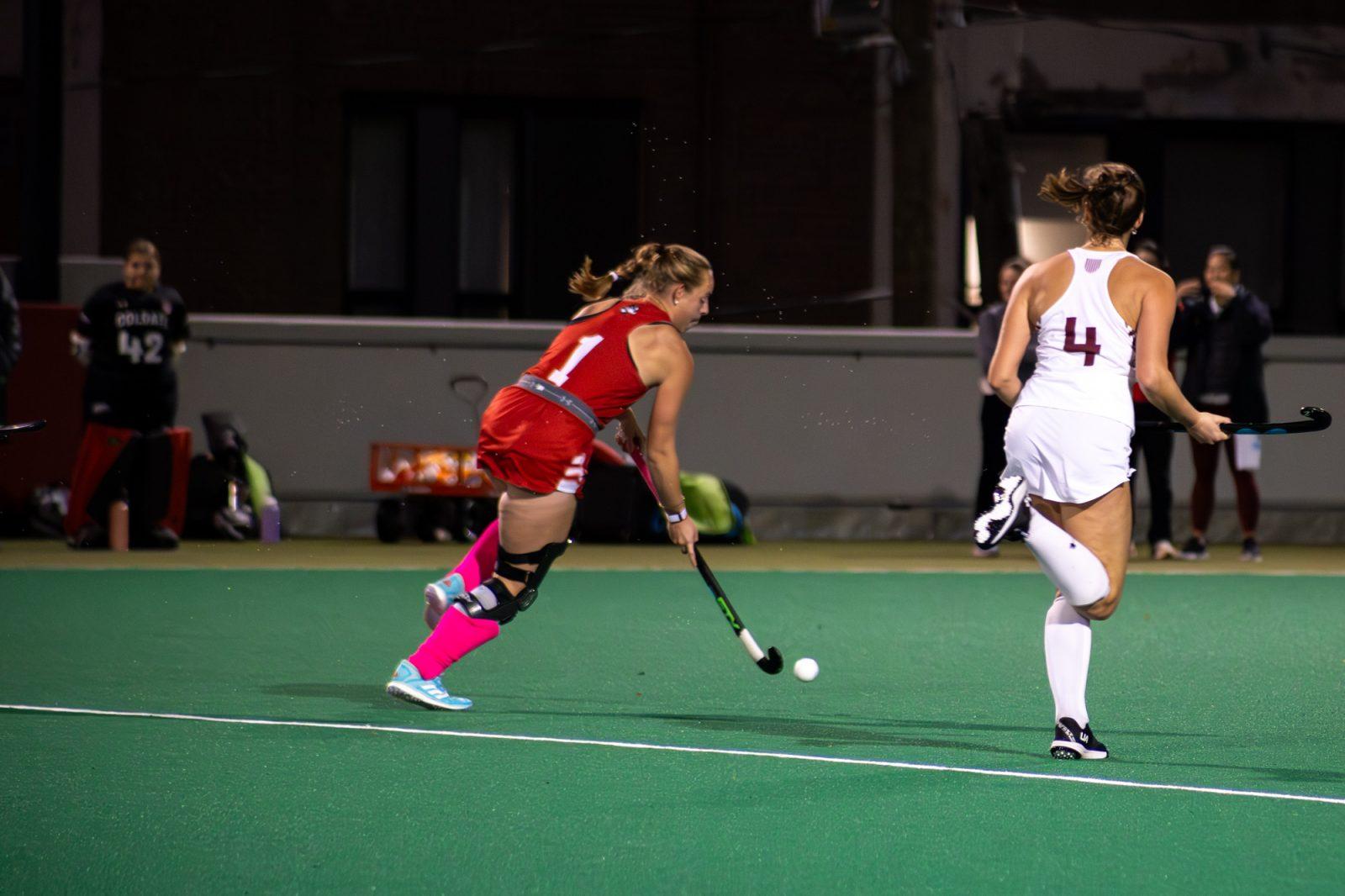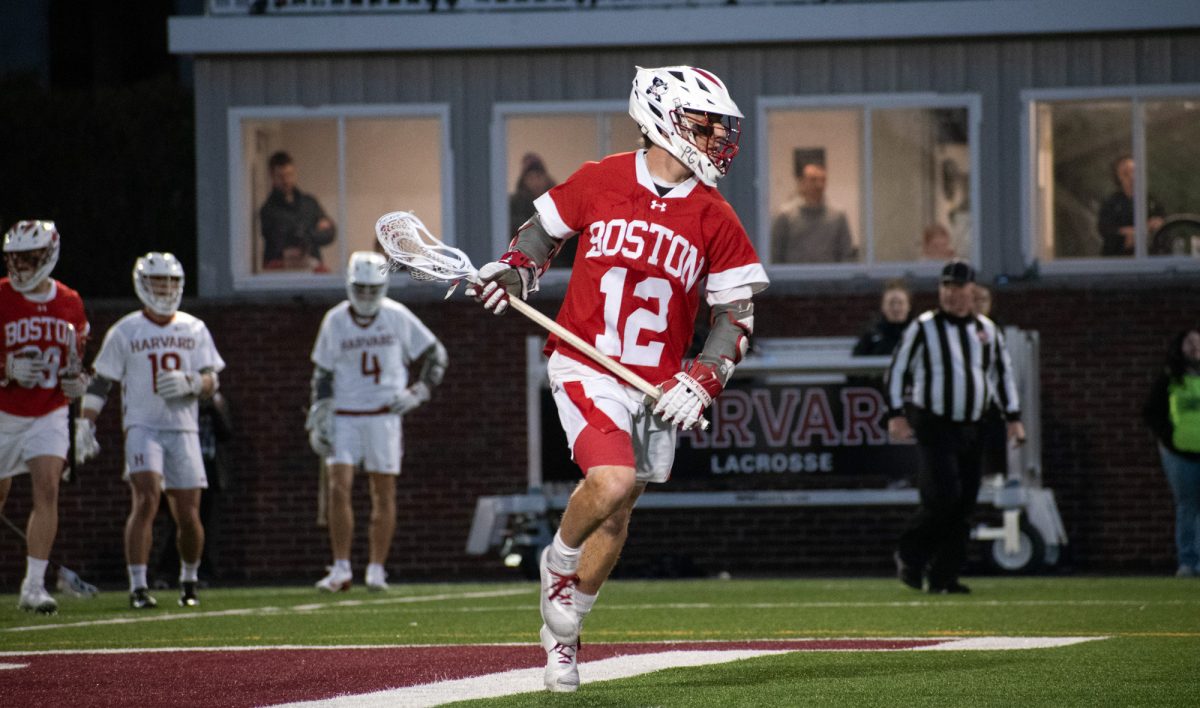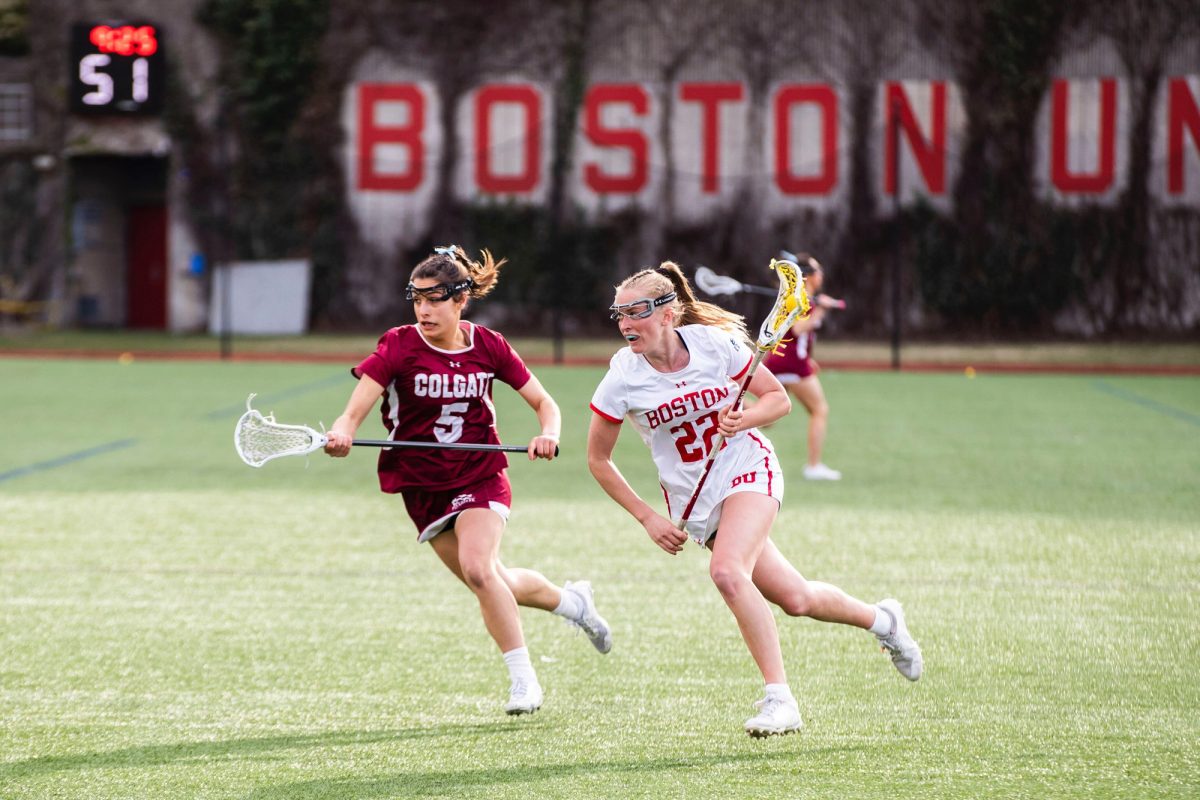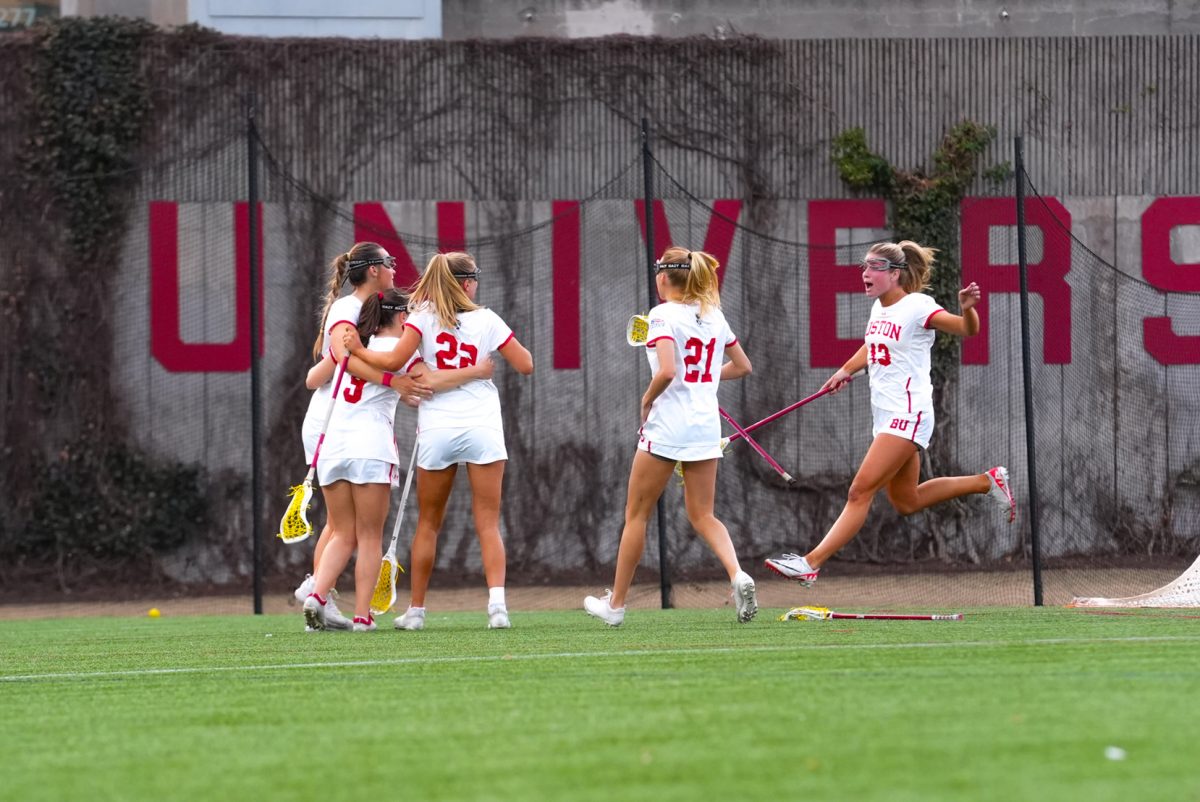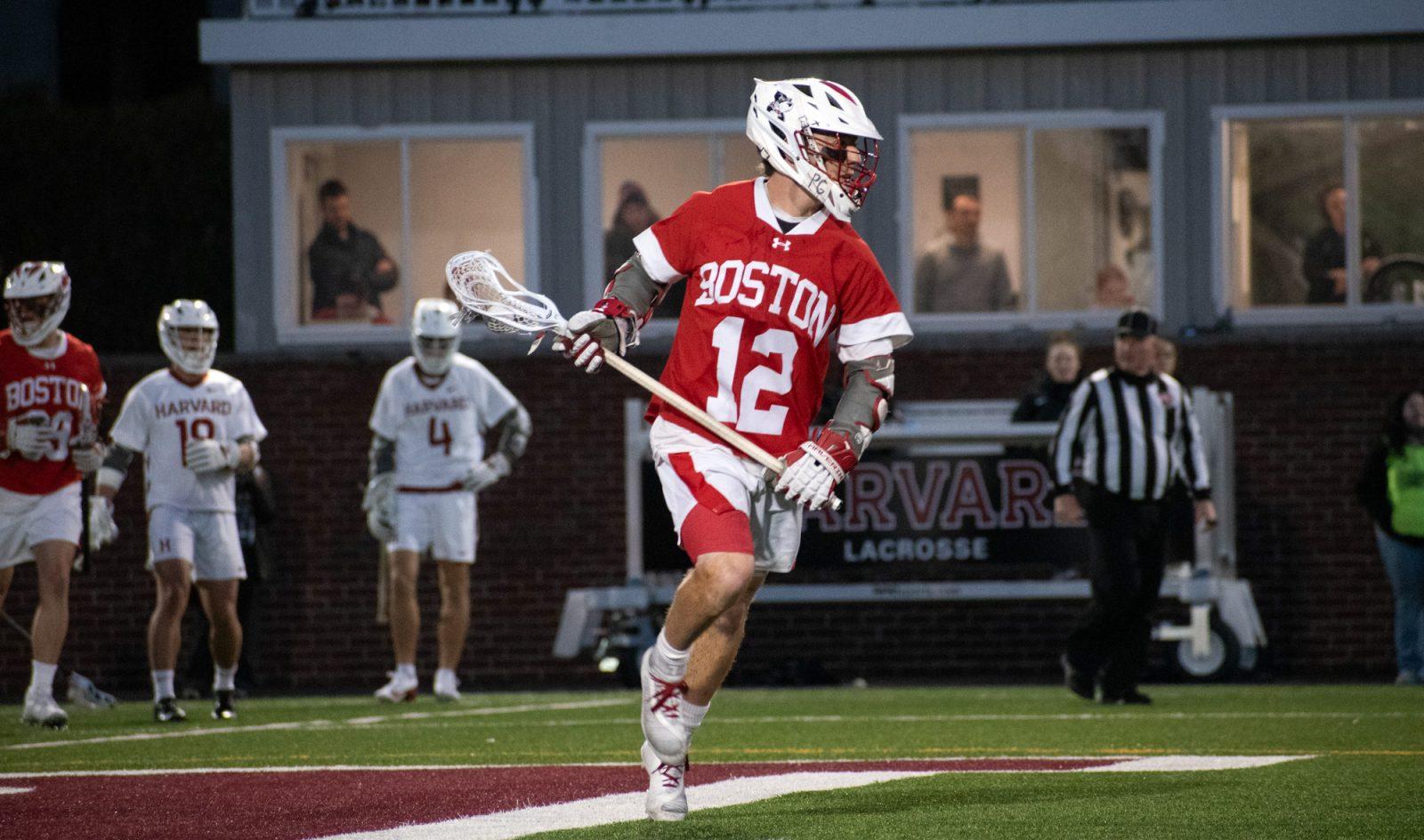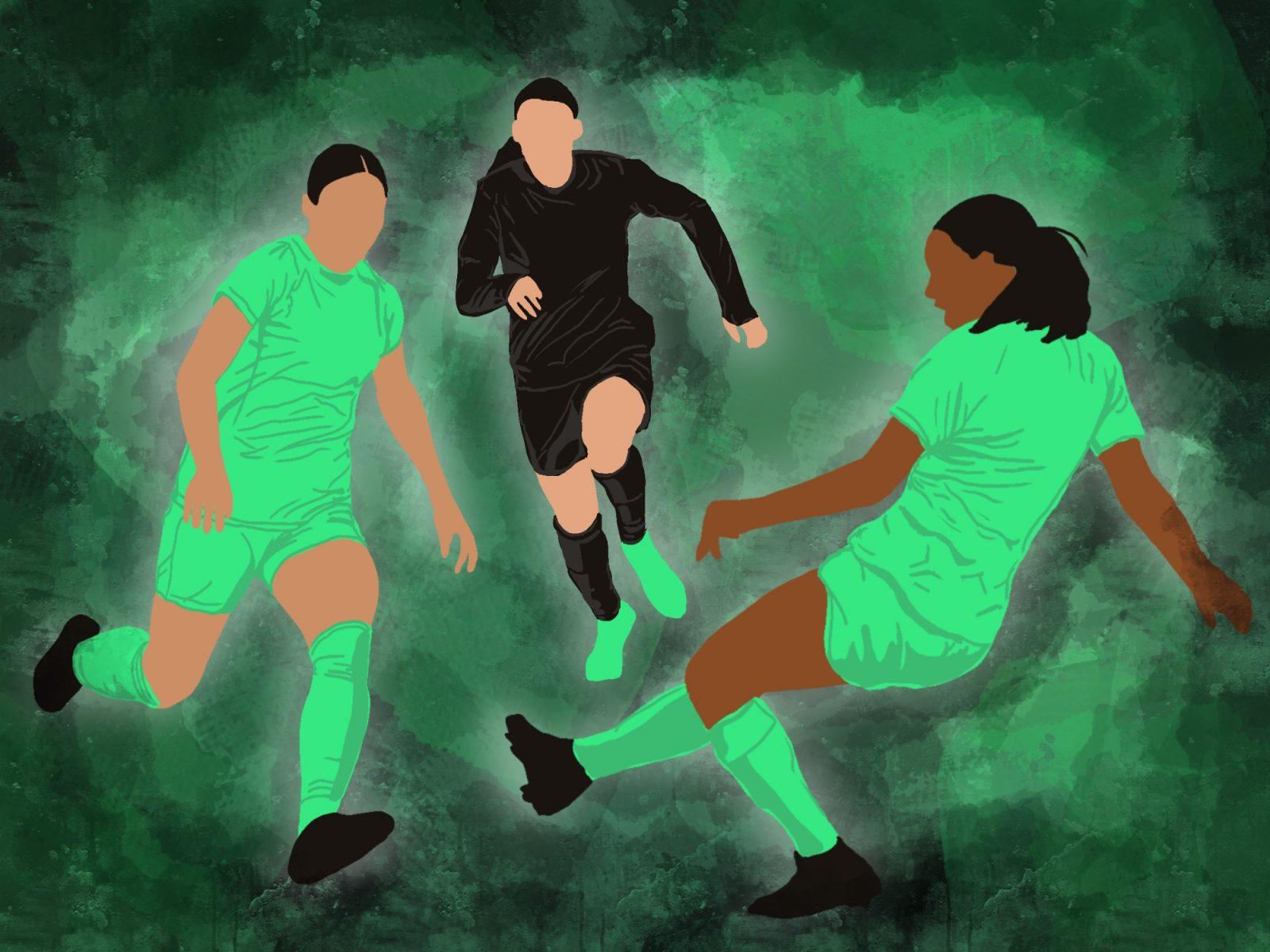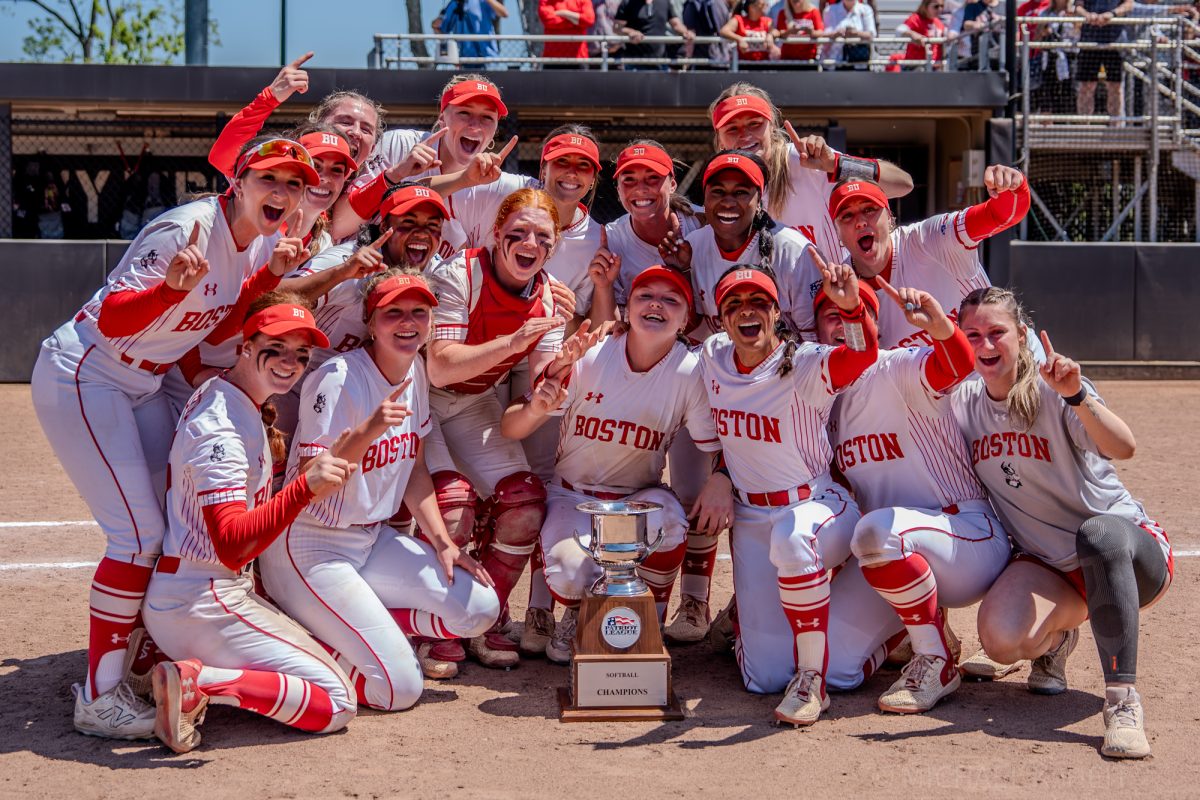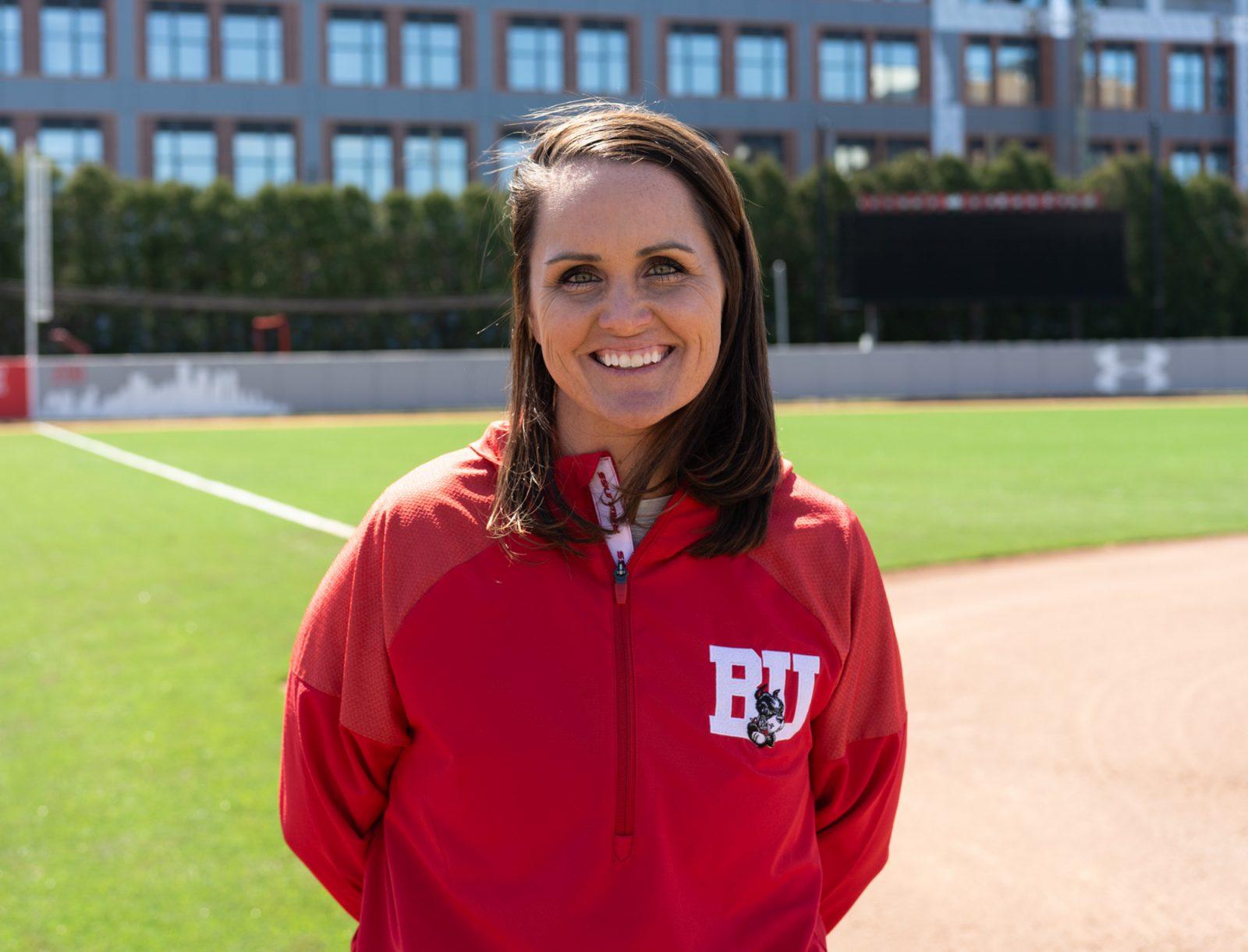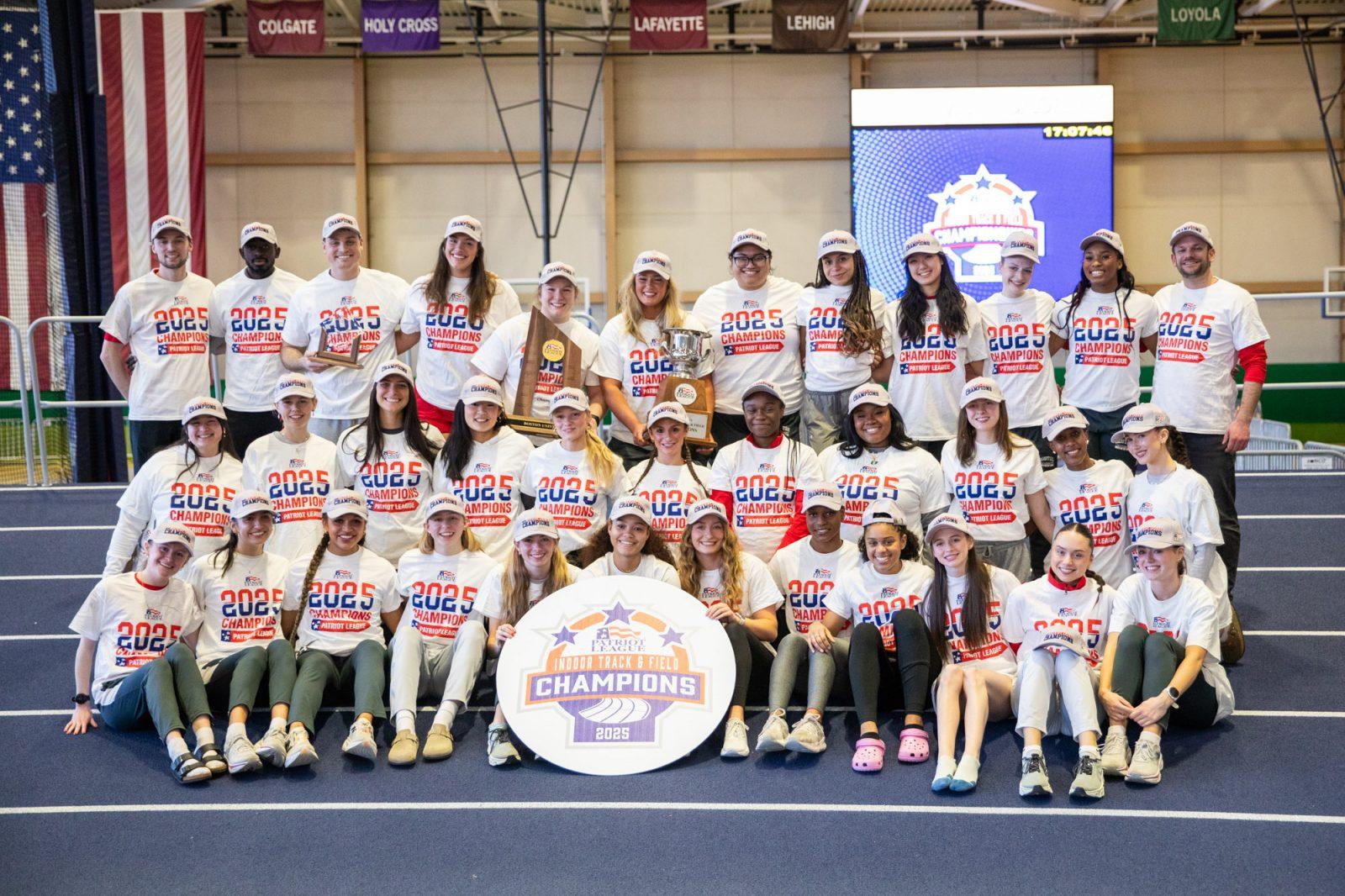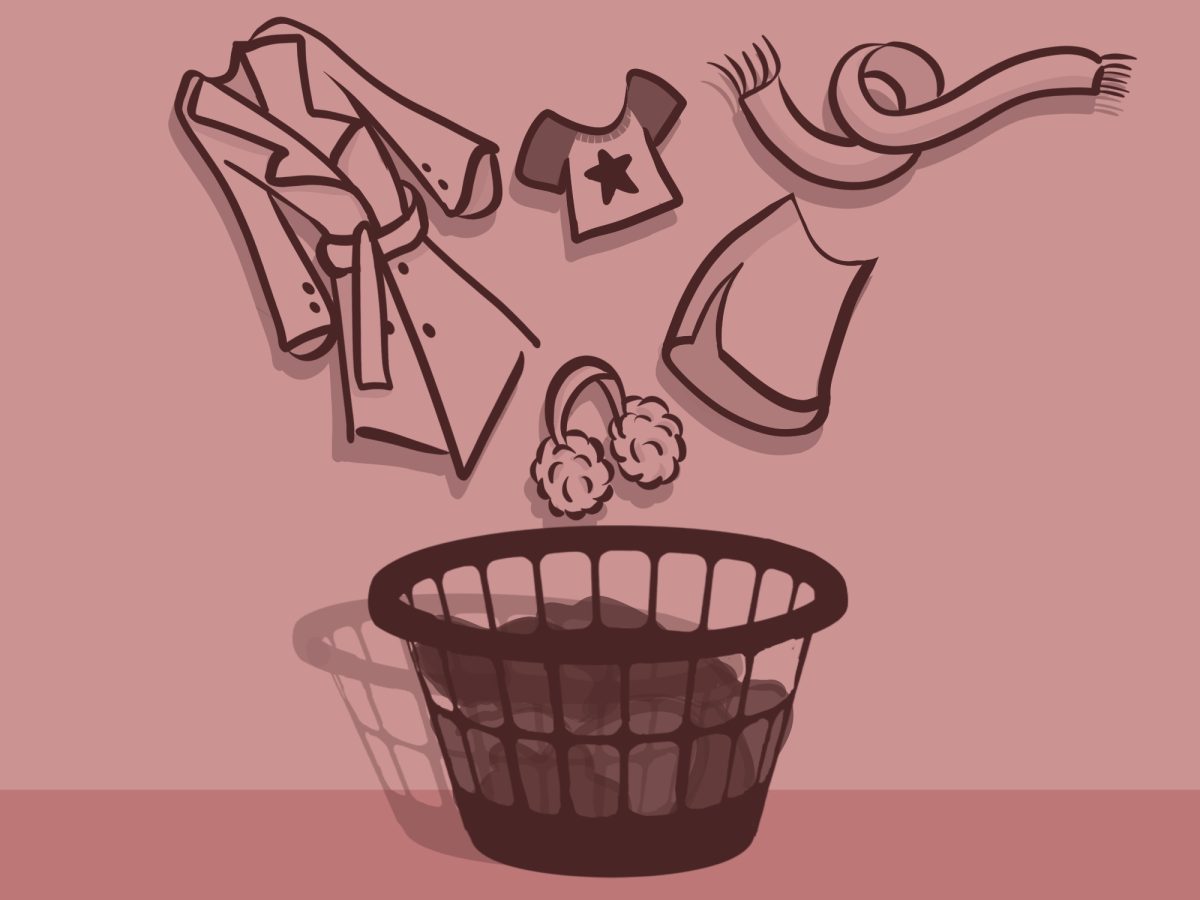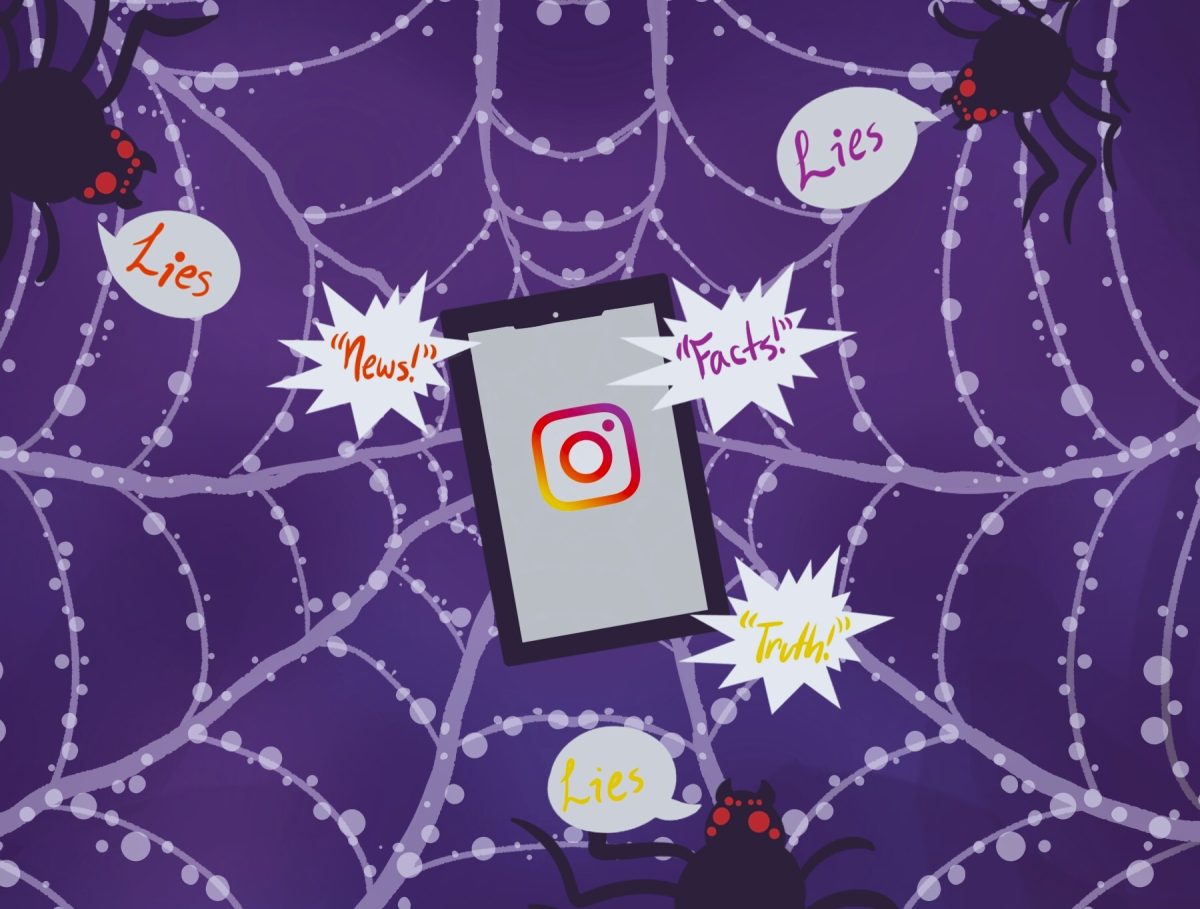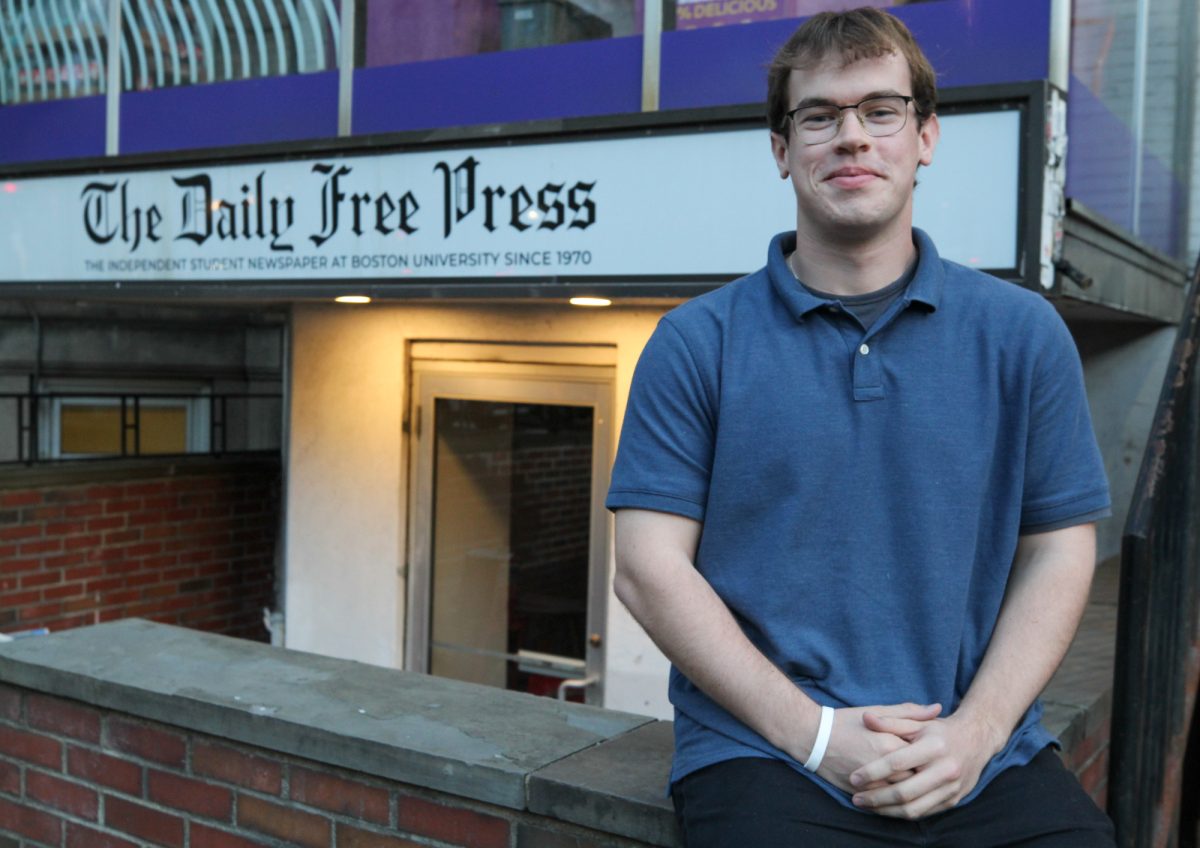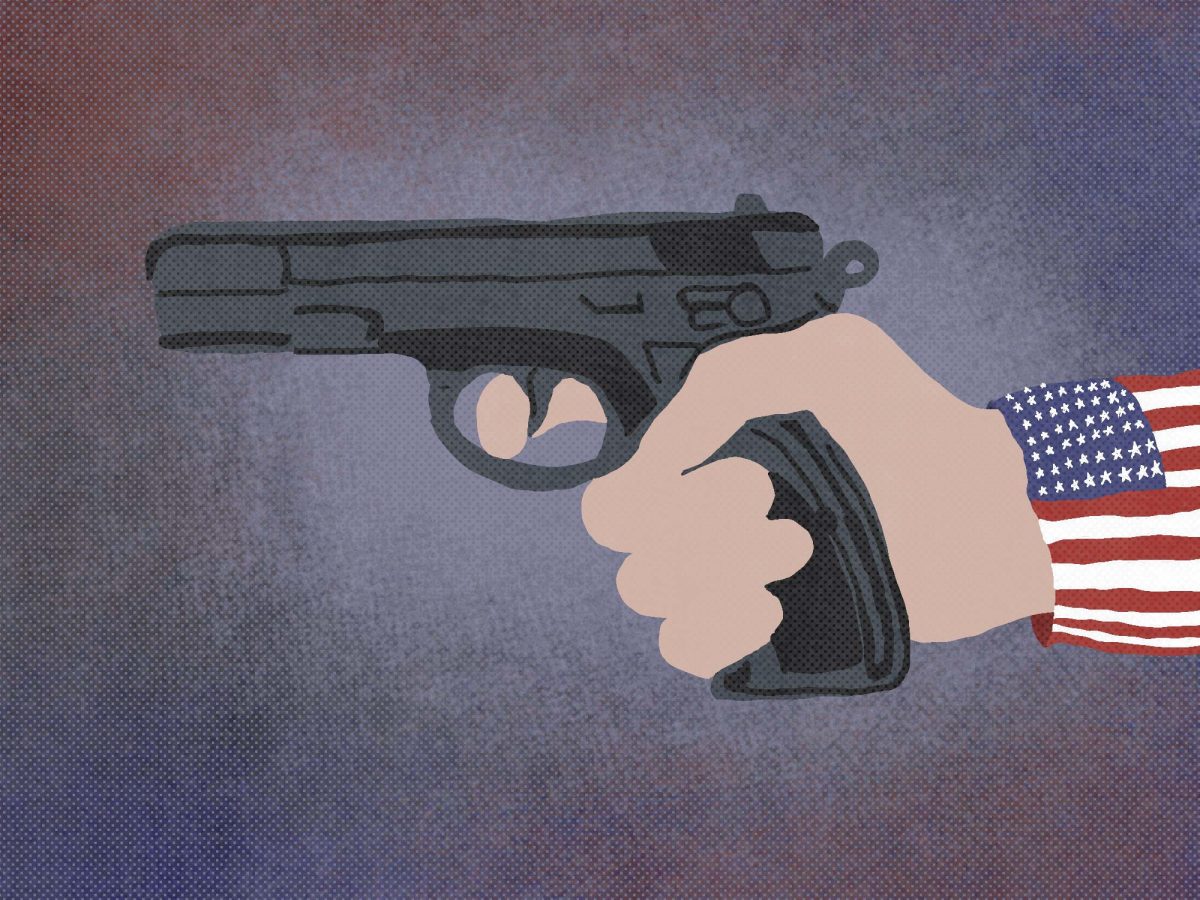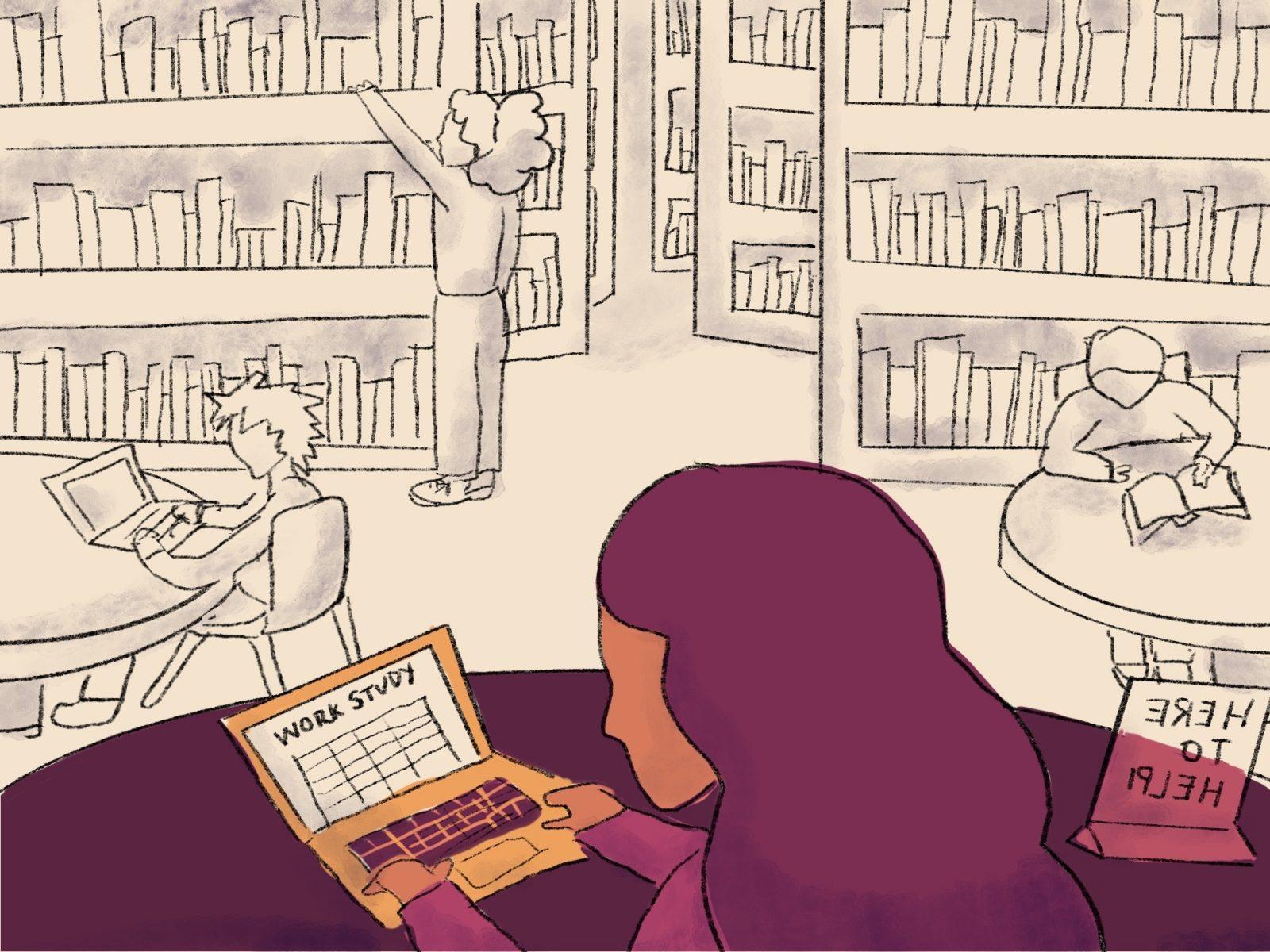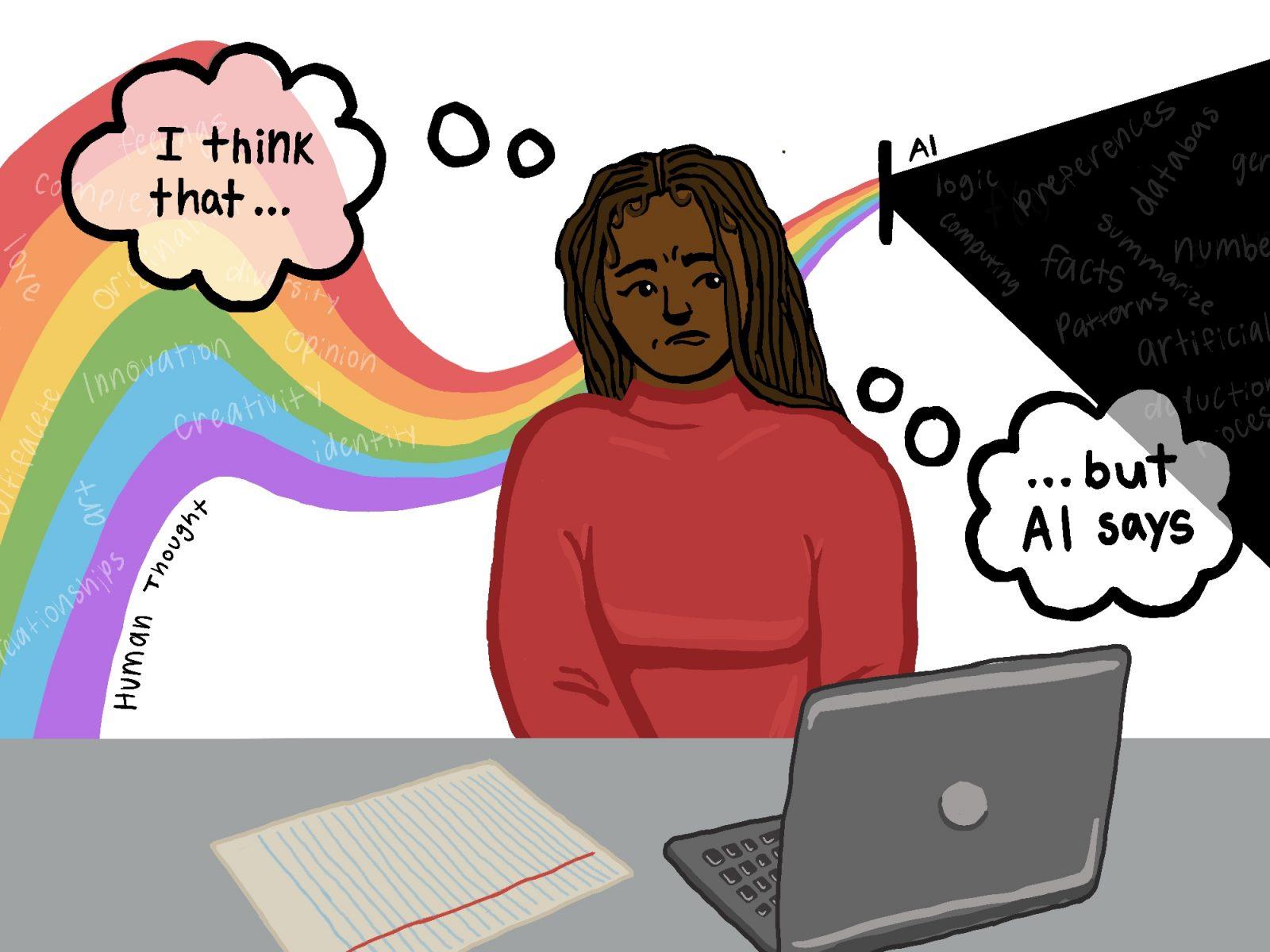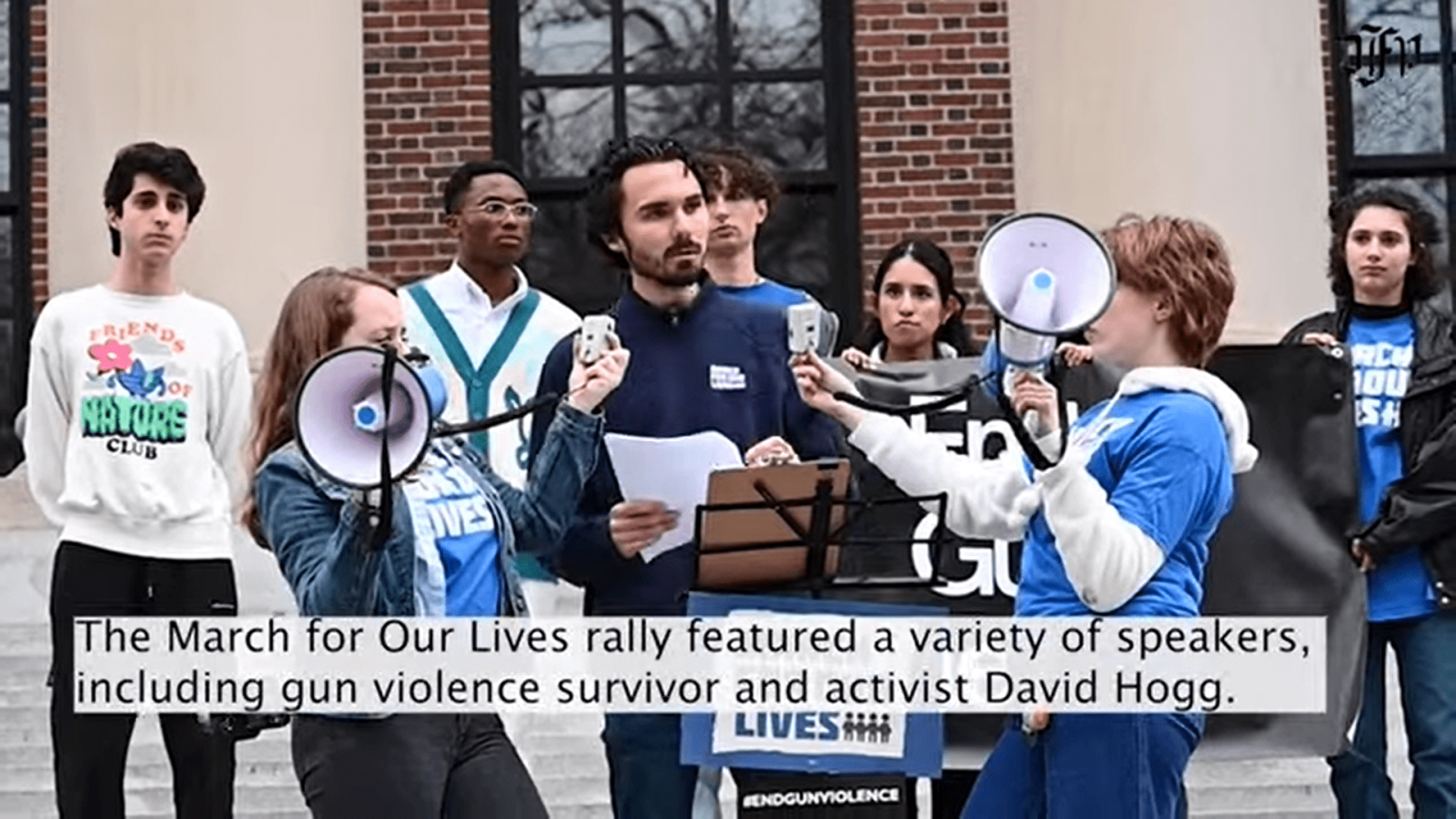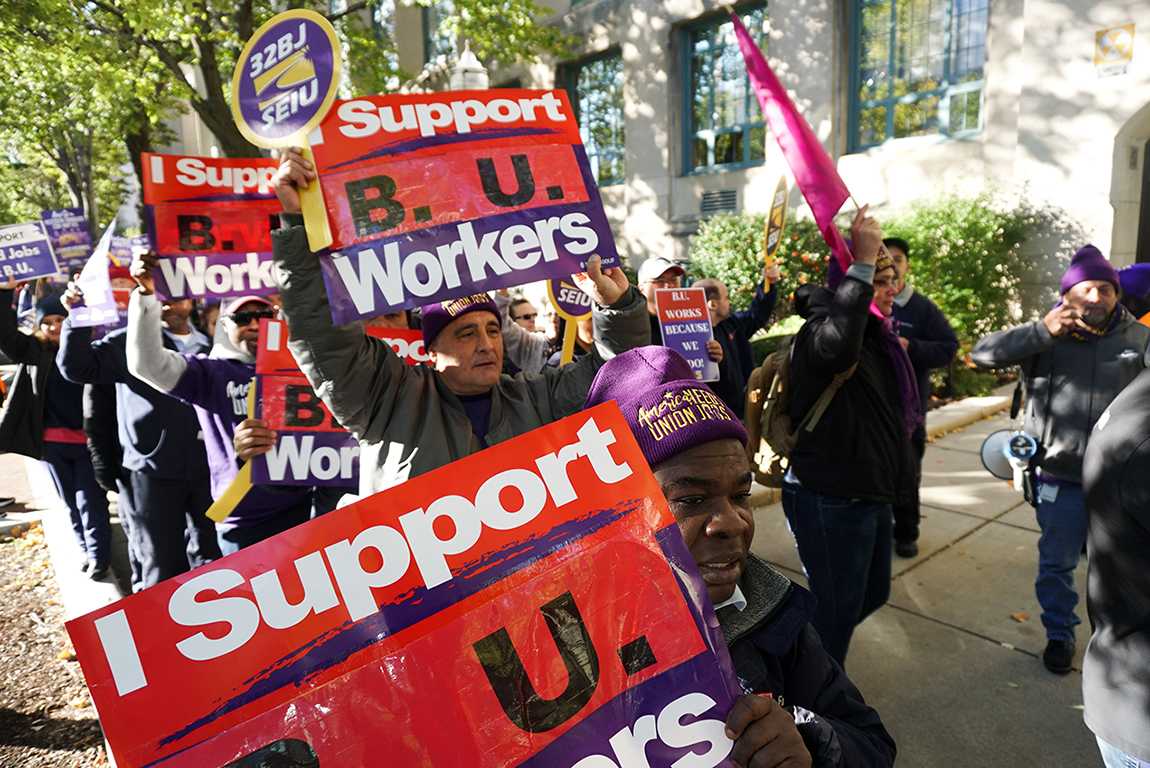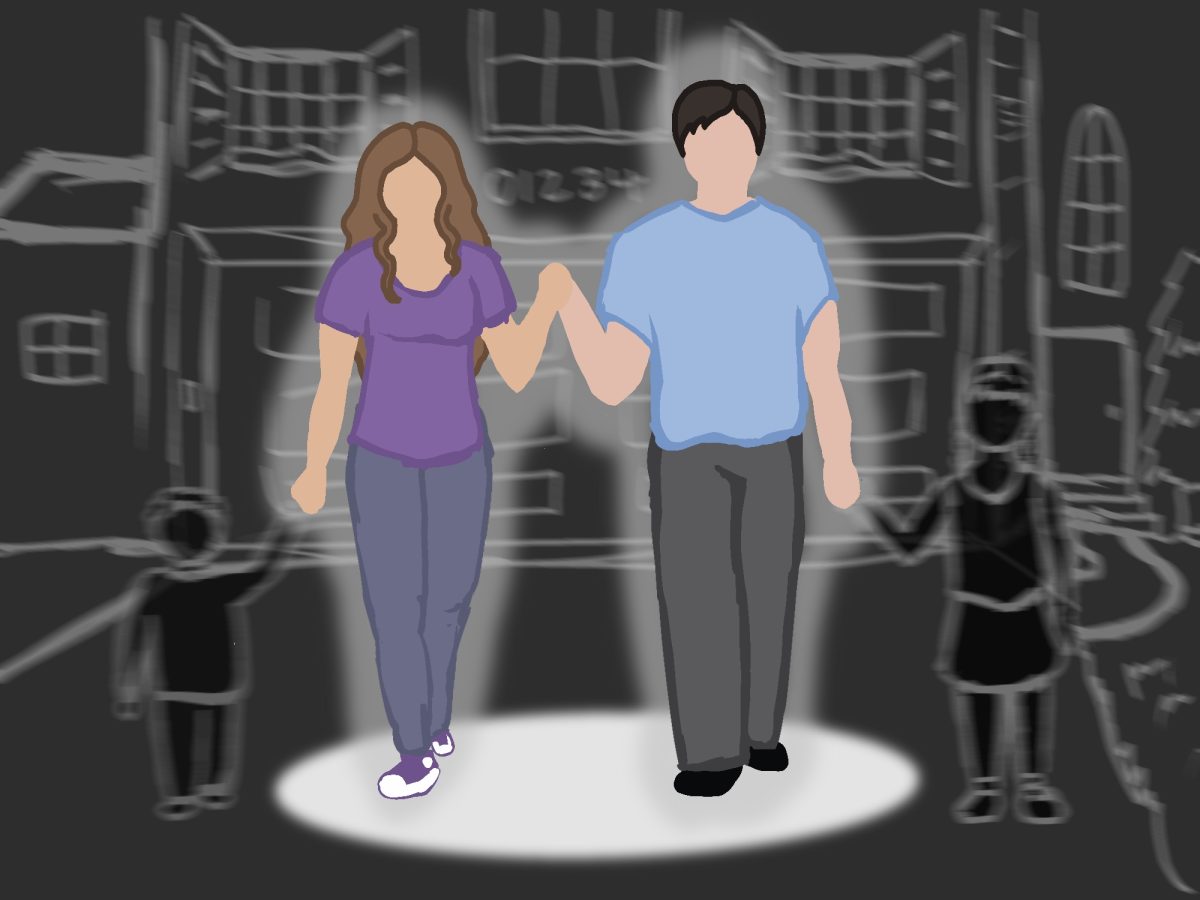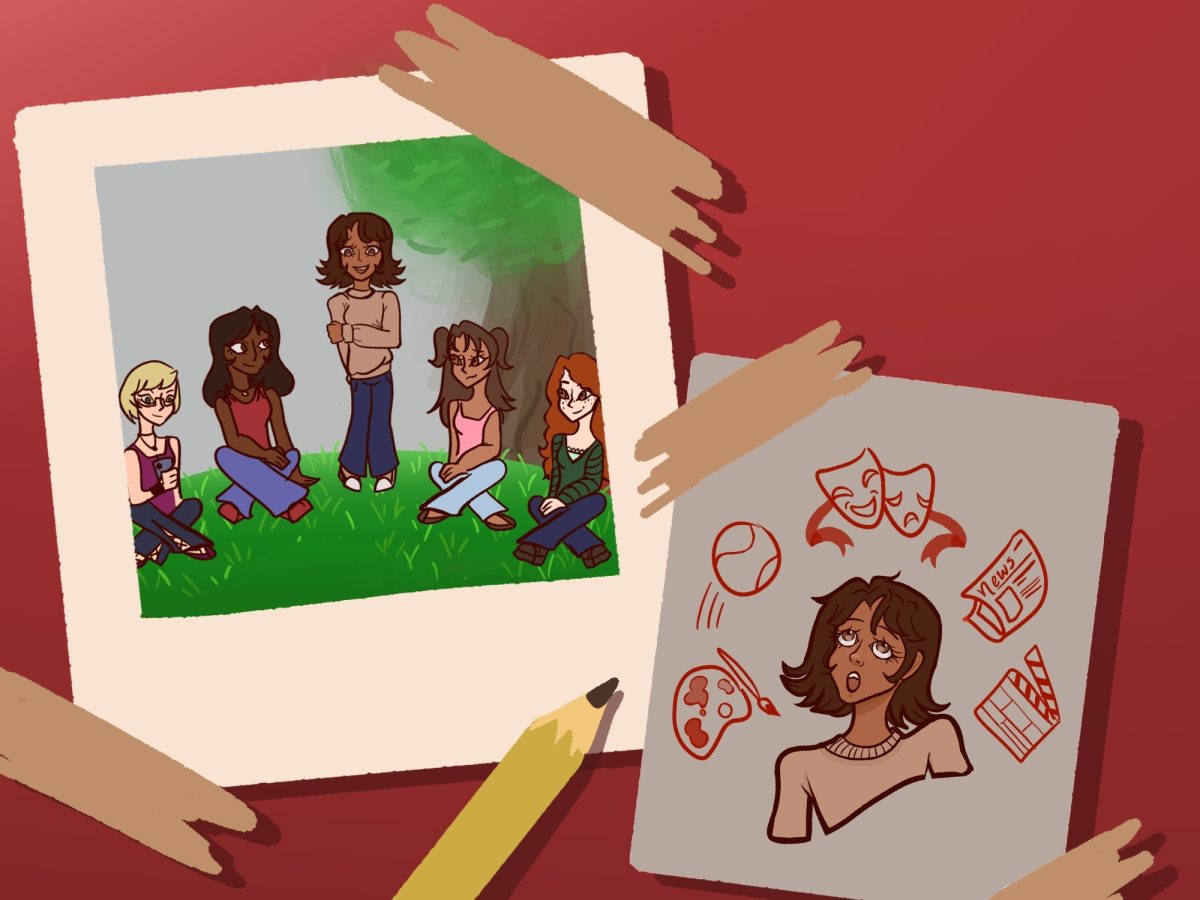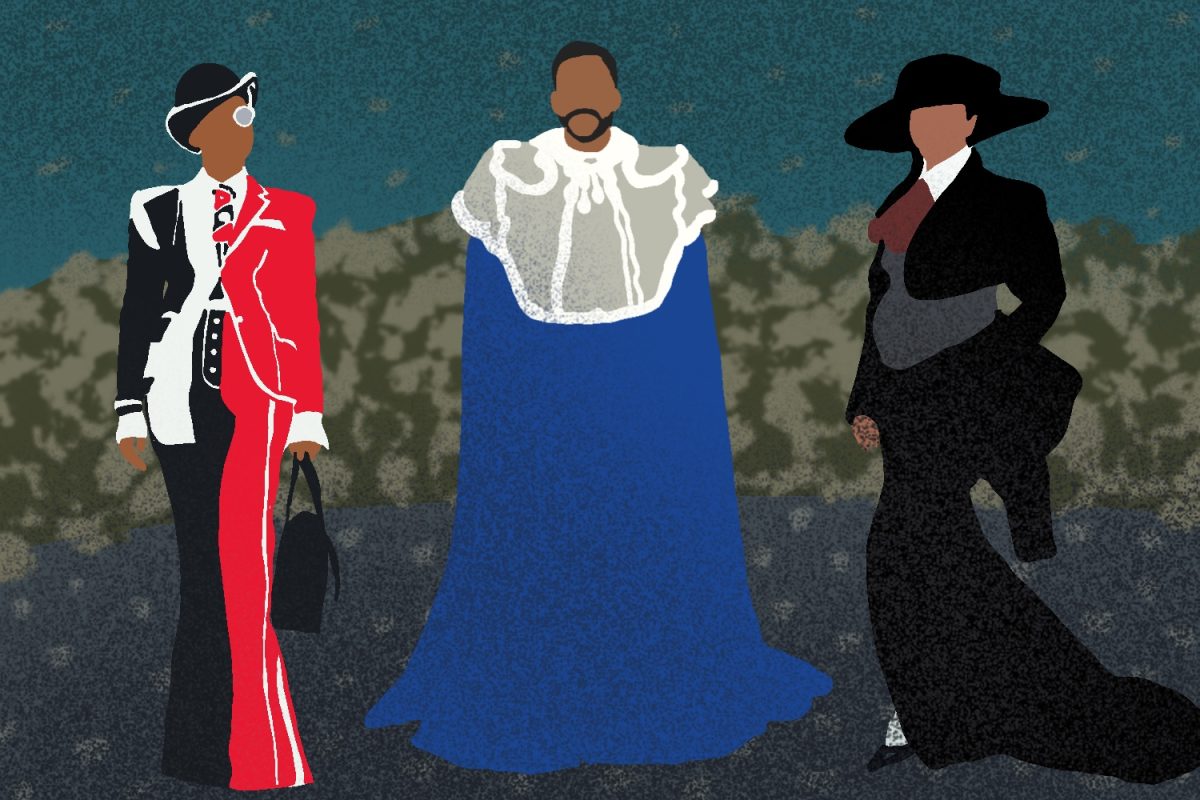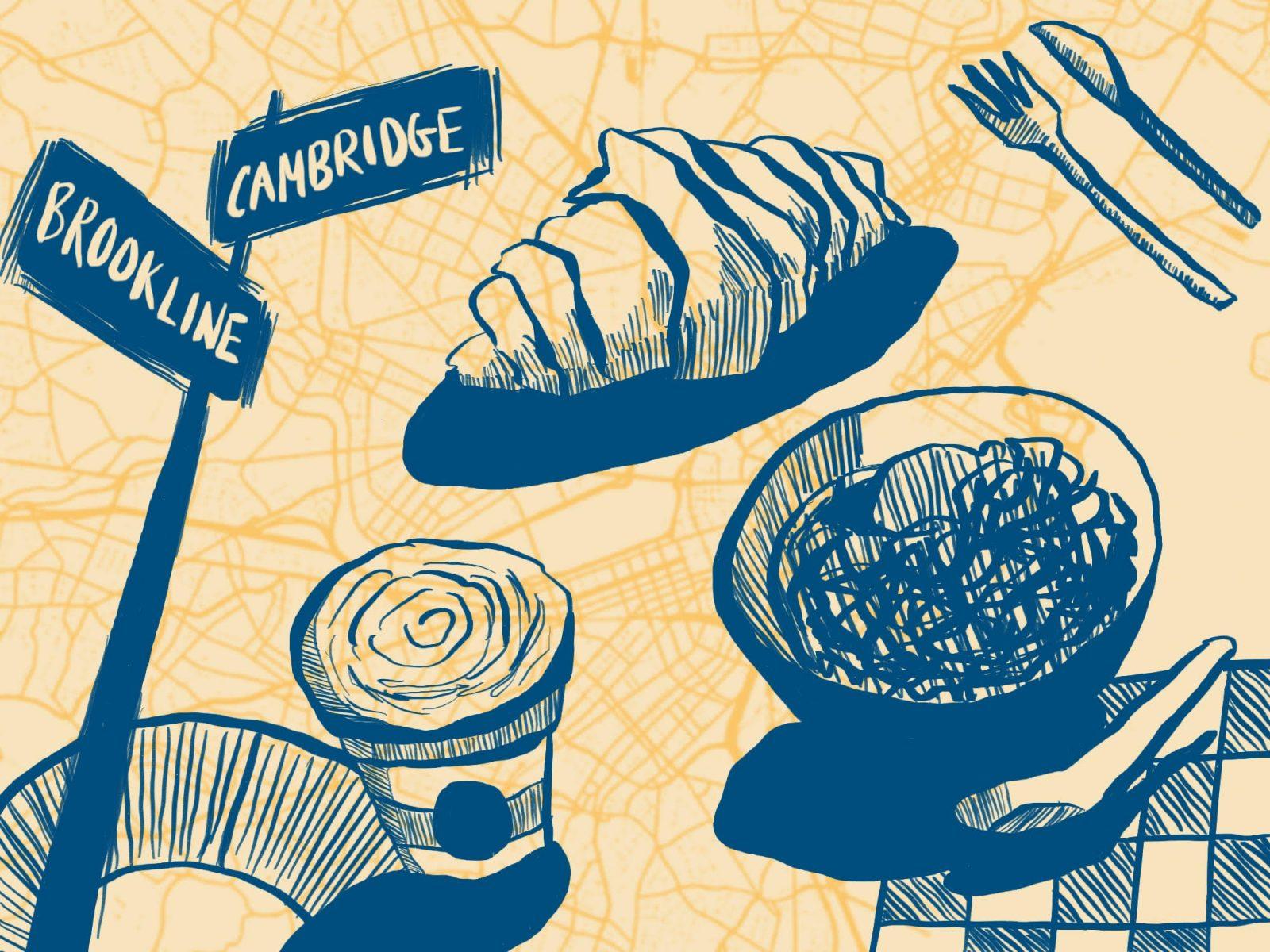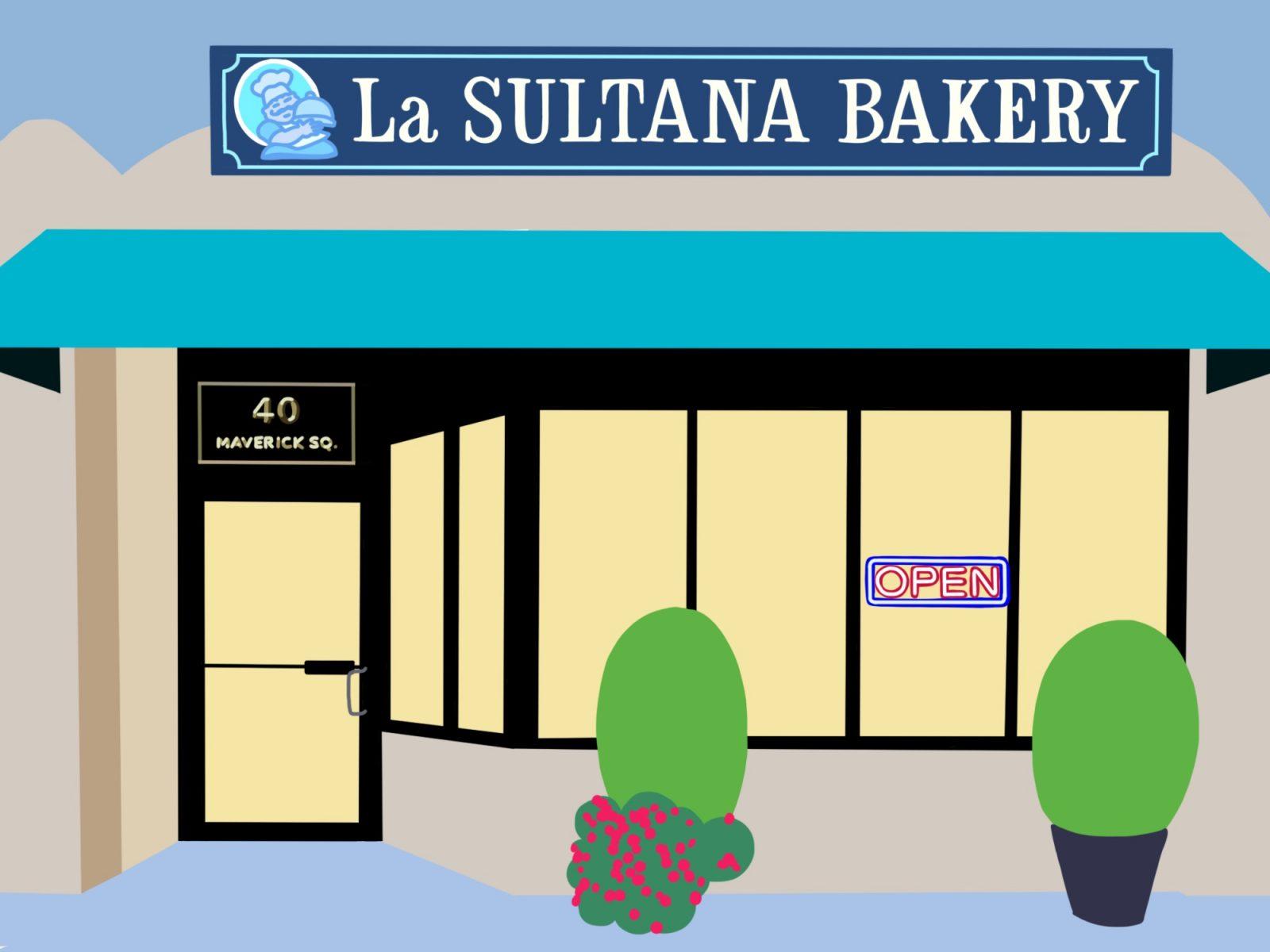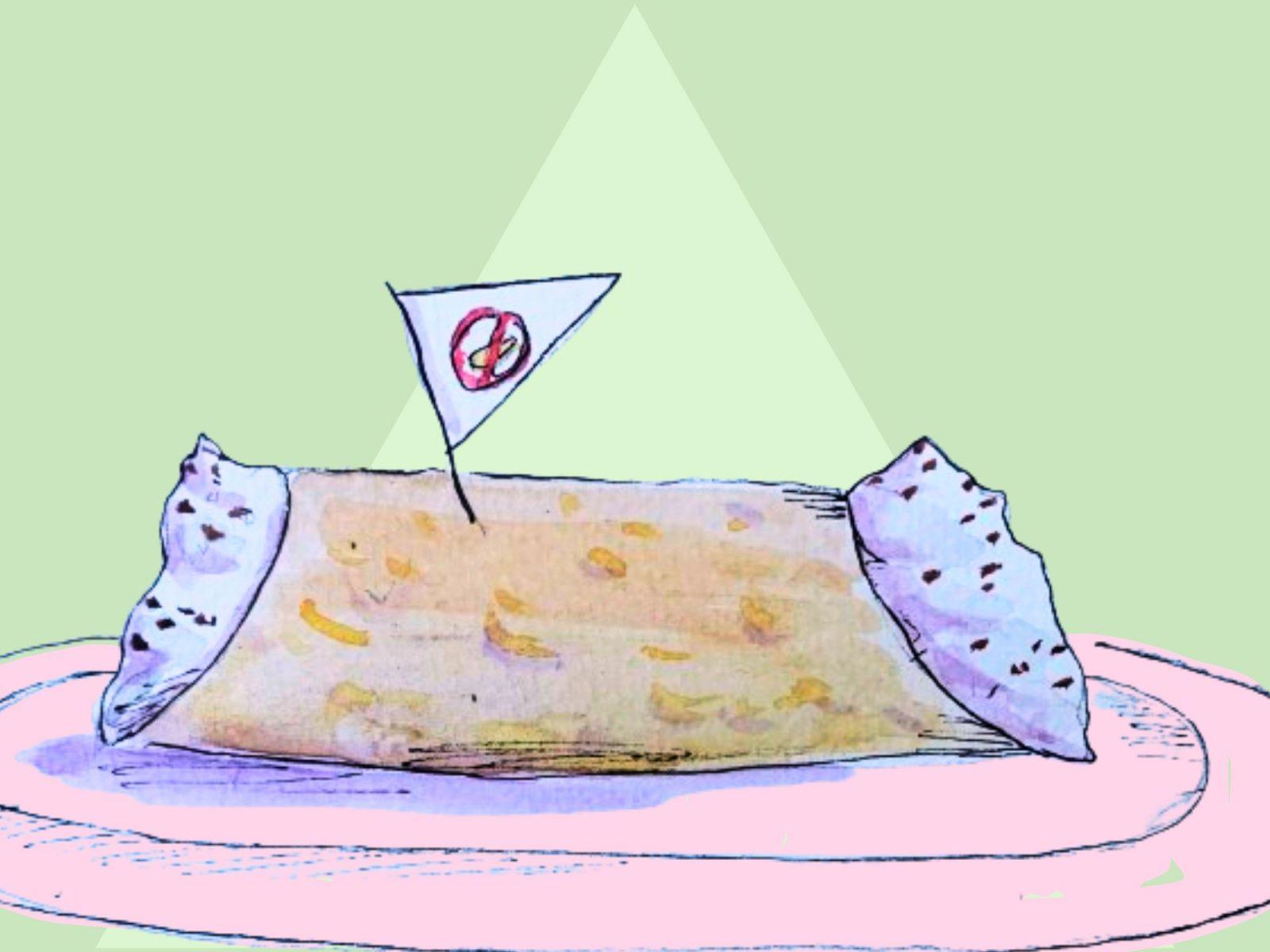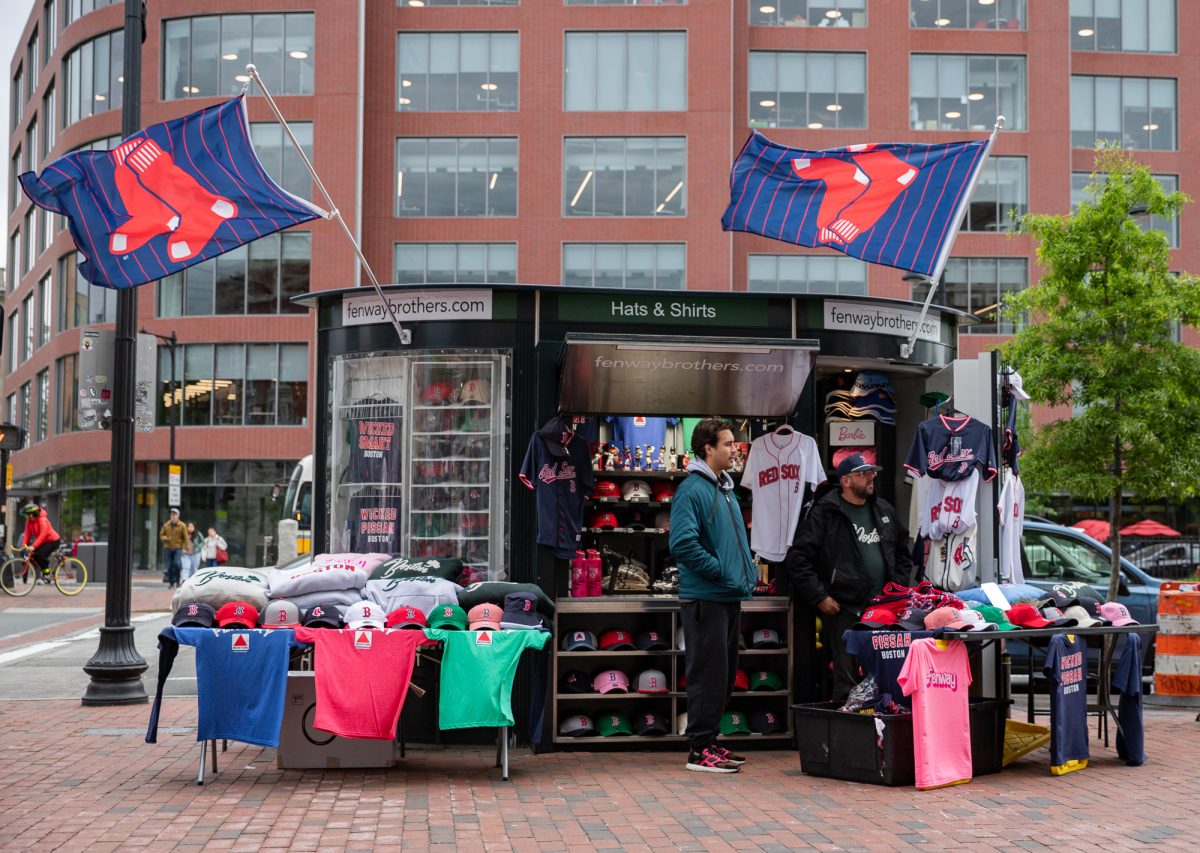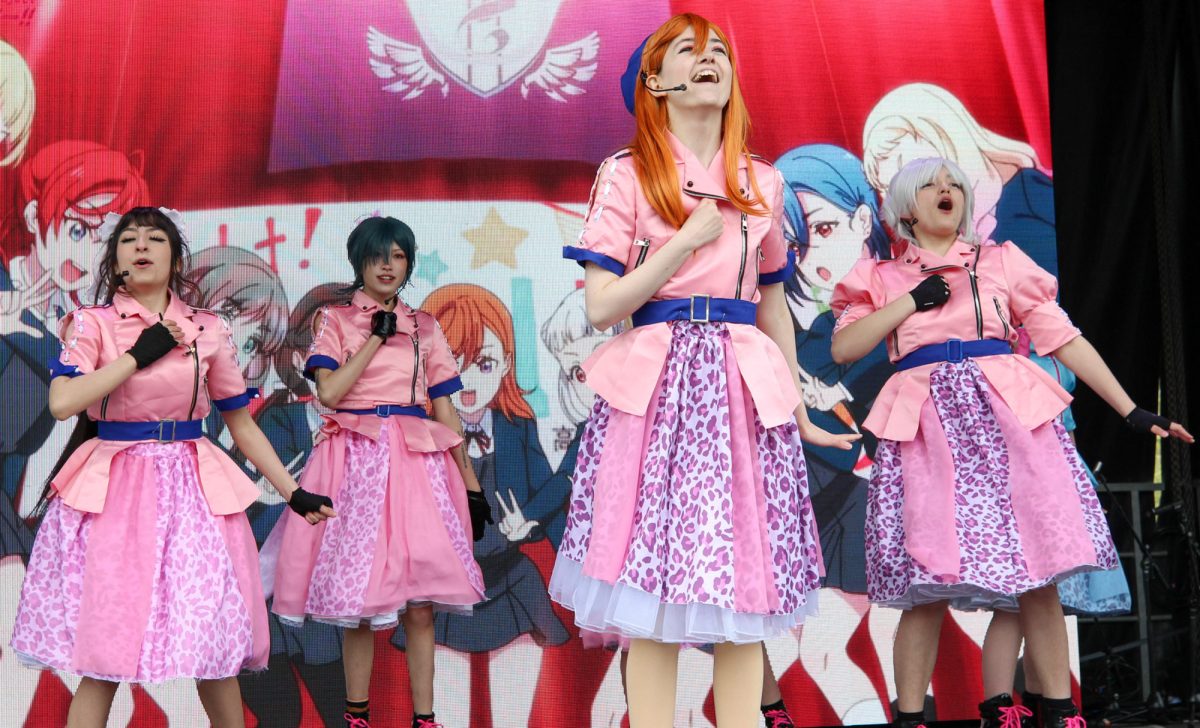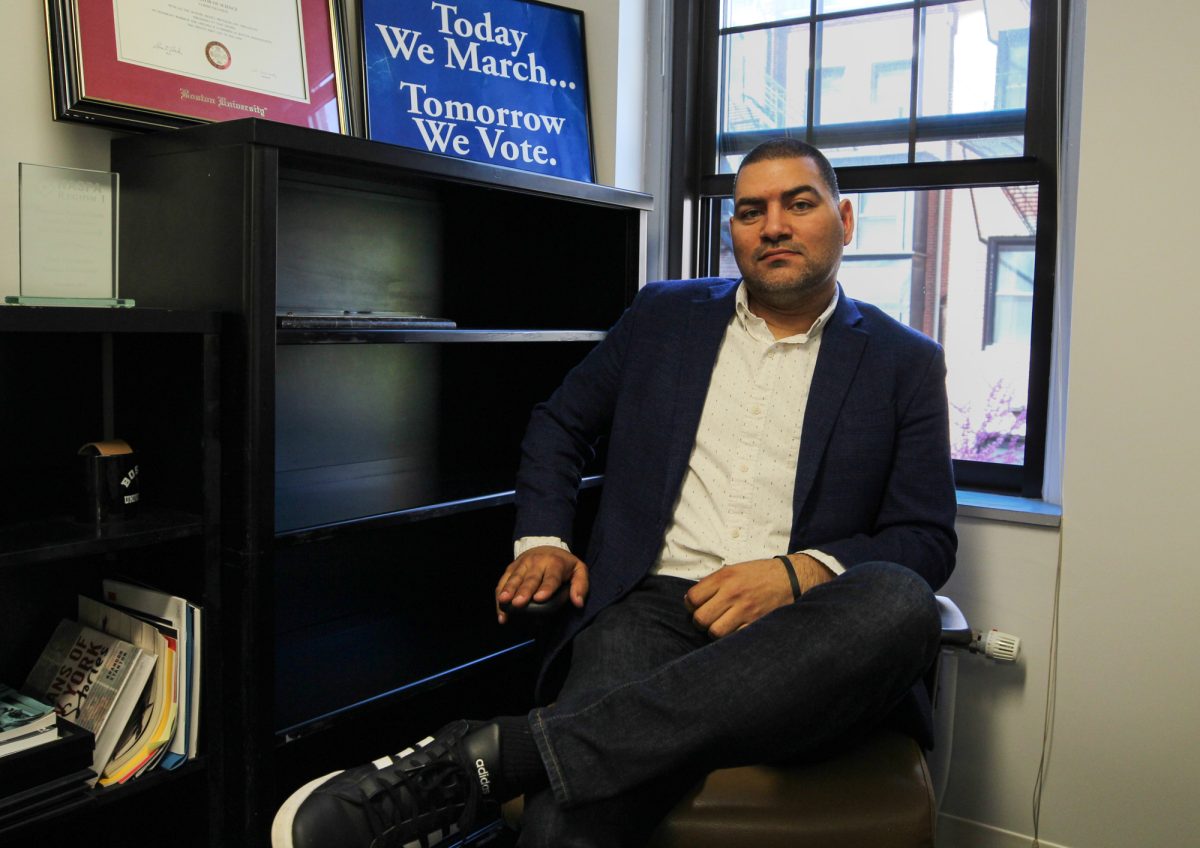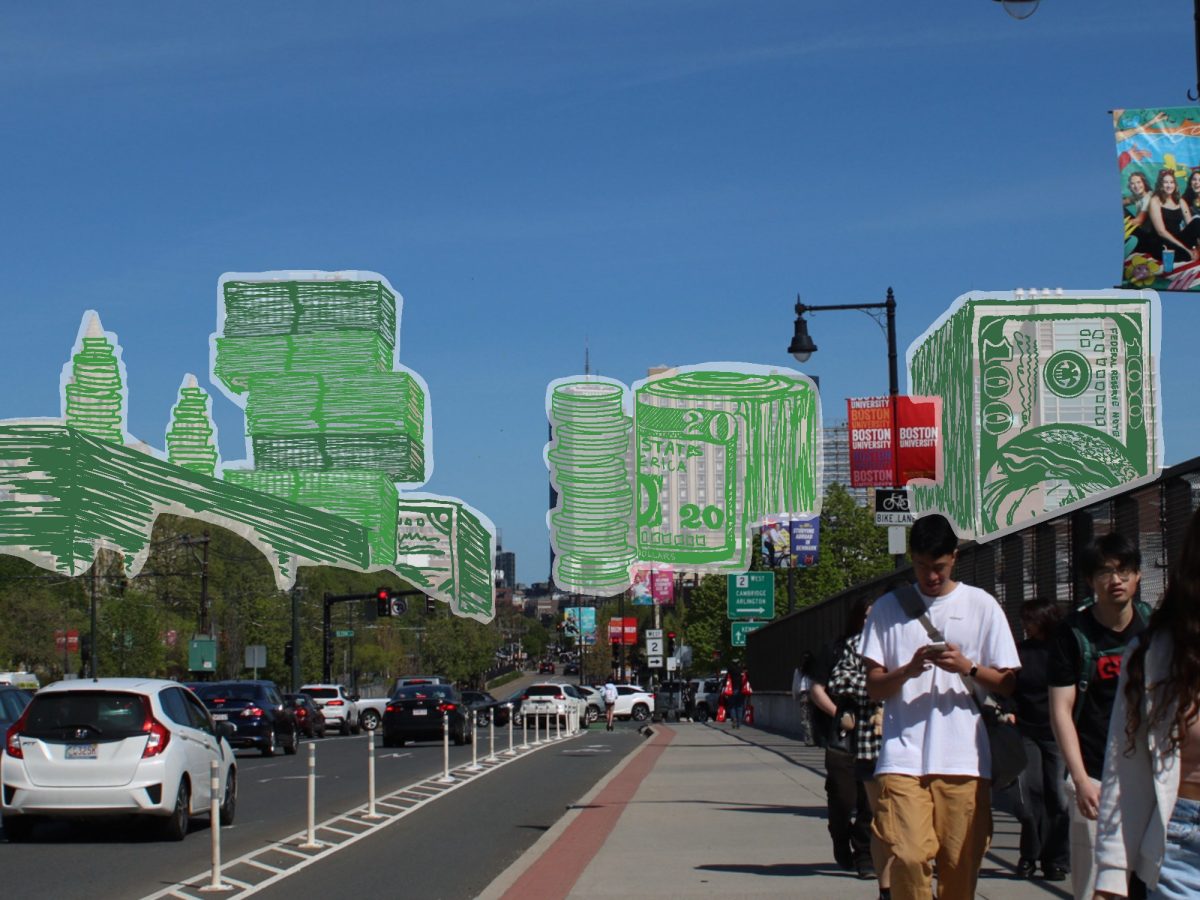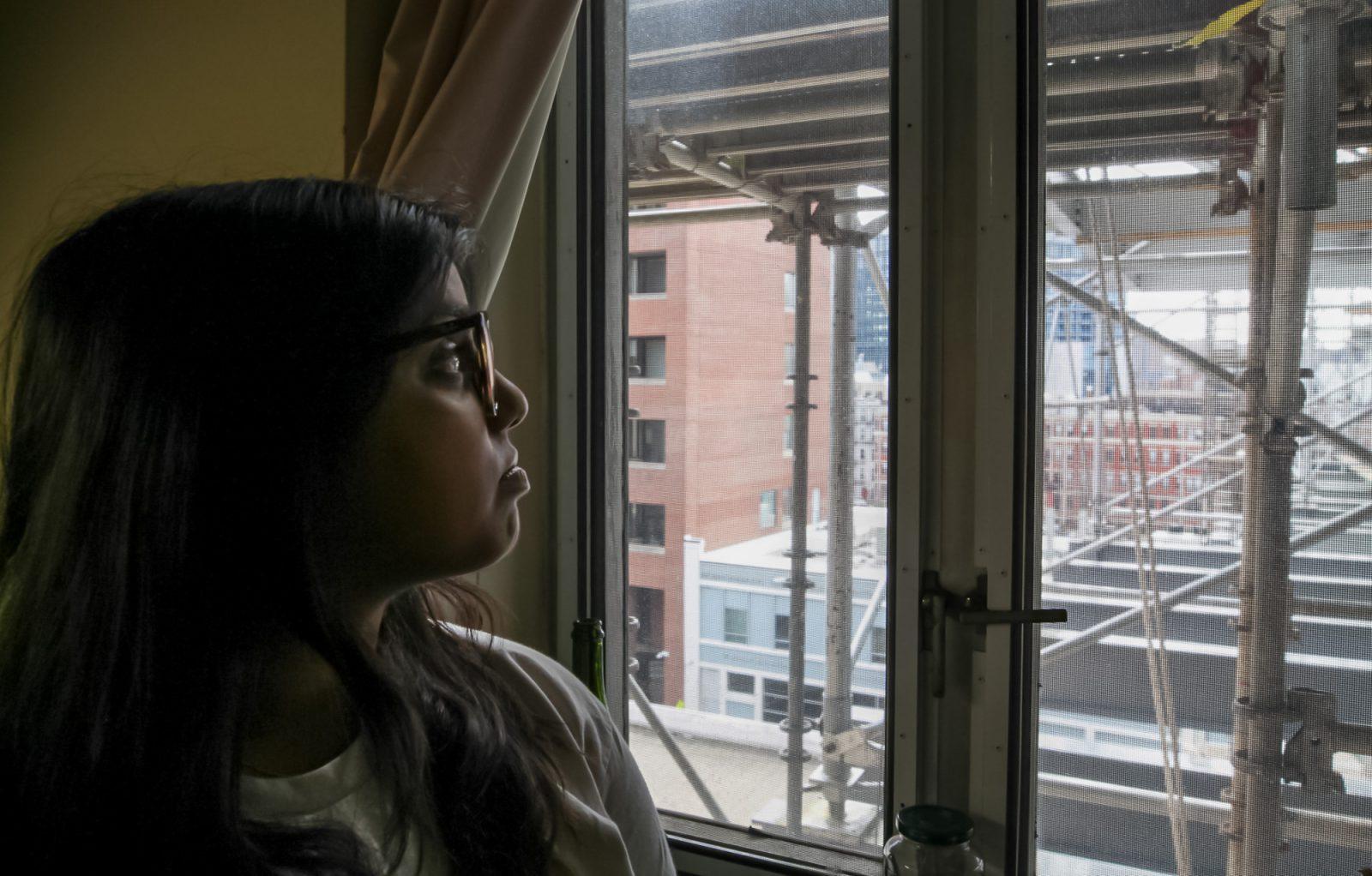“Child deportation specialists” like Walter Suskind saved thousands of Jewish children from Nazi death camps in Amsterdam during World War II, a tale brought to life by Dutch Holocaust survivor Maurice Vanderpol in Boston University’s Ryan Library on Tuesday afternoon.
Speaking before an audience of 30 at the third installment of the “Witnesses to the Holocaust” series, Vanderpol described hiding during the war and about Suskind’s influence on the Jewish children of Amsterdam.
“He has a story to tell,” Center for the Advancement of Ethics and Character Director Bernice Lerner said when introducing Vanderpol, “but he chooses to tell the story of another.”
A Harvard University professor emeritus and current Boston Psychoanalytical Society member, Vanderpol told his story briefly before talking about the 1,000 Jewish children saved by Suskind. According to Vanderpol, there had not been war in the Netherlands for 100 years prior to the Nazi invasion May 10, 1940.
“It was a little like 9/11,” he said. “We thought we were safe . . . and then everything changed for us. We couldn’t go anywhere. Ocean on two sides. Germany on one side and occupied Belgium on the other . . . We were in big trouble.”
On learning of the Dutch queen’s flight from the country, Vanderpol’s father slammed the radio and started crying. Seeing his father cry for the first time gave him “a sense of abandonment,” said Vanderpol.
During the Nazi occupation, Jews had to officially document how many Jewish grandparents they had. They also had identity cards with fingerprints and pictures, a strict curfew and the Jewish star with “Jood,” the Dutch word for “Jewish,” written on it.
“The vice was put on us in quick succession,” Vanderpol said. “At what point are you going to say, ‘This is it?’ We were not used to saying it to our government. We wanted to live in a country where we felt safe.”
To avoid Jewish night raids and Nazi oppression, Vanderpol, his mother and his three brothers went into hiding, where they survived for the remainder of the war. Lerner said Vanderpol prefers to tell Suskind’s story because “the way [Vanderpol] resisted is not as remarkable, in his opinion.”
Nazis captured Jewish families and took them to a theater in Holland where they lived together in a large auditorium. Children were separated from their parents and brought to the crèche, a childcare center, because “the Germans didn’t like the screaming of the children,” Vanderpol said. The crèche was run by 17 girls, including Vanderpol’s wife, who served as caregivers and nurses and was Suskind’s base of child smuggling. During this time, Vanderpol remained in hiding.
Half-Dutch and half-German, Suskind and the girls at the crèche worked for the Jewish council, an organization collaborating with the Nazis, granting its mostly Jewish employees immunity from deportation for as long as they held their positions.
“Only a few people knew about it,” Vanderpol said. “They carefully watched the people who were brought into the theater.”
Suskind judged parents to determine which ones might be willing to give up their children when they were deported. After briefly explaining the operation, Vanderpol showed a video, “Secret Courage,” explaining Suskind’s operation through interviews with the girls at the crèche and the children who Suskind saved.
“It mainly consists of interviews with children who are now grandparents,” Vanderpol said. “None of their parents ever returned.”
The “grandparents” told their stories of hiding in and around Amsterdam and ultimately ending up in the crèche. The children were allowed to see their parents three times a week, and the girls working at the crèche would go to the theater in secret to meet privately with parents to discuss whether they would be willing to leave their children behind in safety when they were deported to concentration camps.
“Nobody was ever caught in this operation,” Vanderpol said. “It was kept a secret.”
Parents were given a few hours to make a decision, and if they agreed, the process would begin. A team of forgers would make the child’s identification disappear. Parents would then be given dolls or pillows which they would pretend were children. They would leave with the bundle, and their children would stay in the care of the crèche until they found a safe home for the child.
“I was intrigued in this topic,” College of Communication graduate student Naoko Yoshida said. “I didn’t know about this stuff. It was very shocking to me.”
Lerner said students in her class, “Resistance,” walked away with information for their studies but also with life lessons.
“Sometimes the extreme sheds light on the ordinary,” Lerner said. “I think [the students] came away with stories for moral exemplary.”

